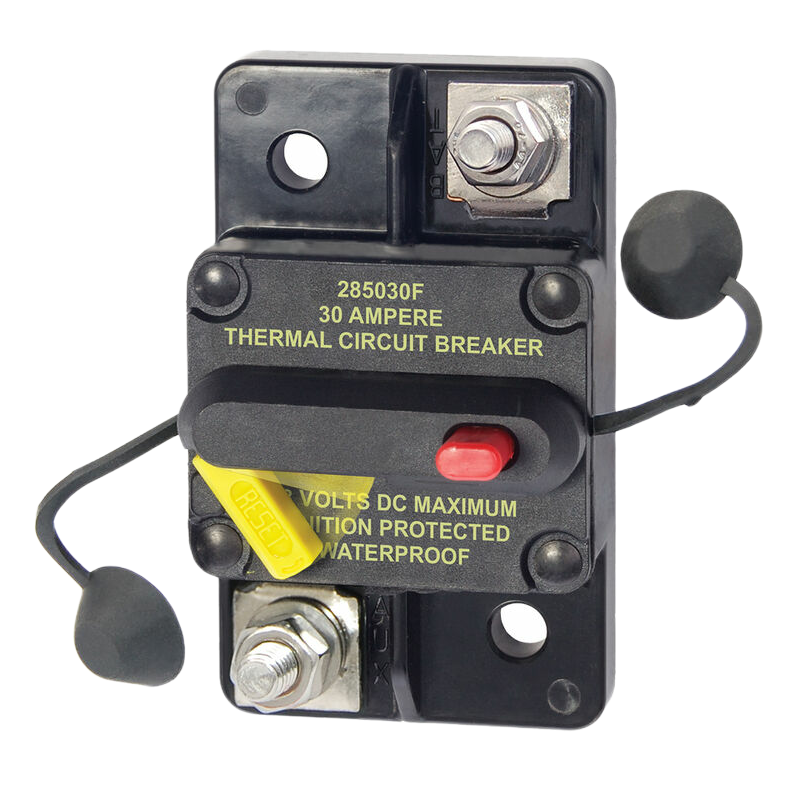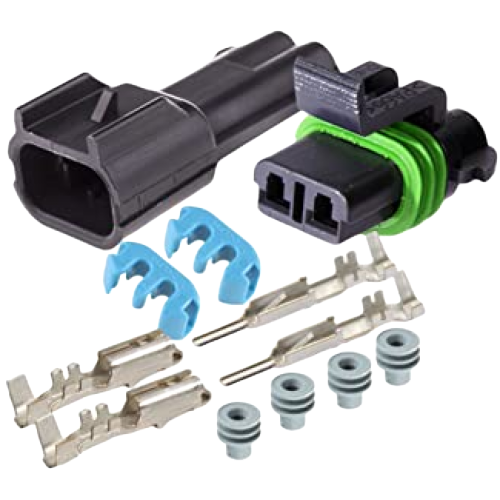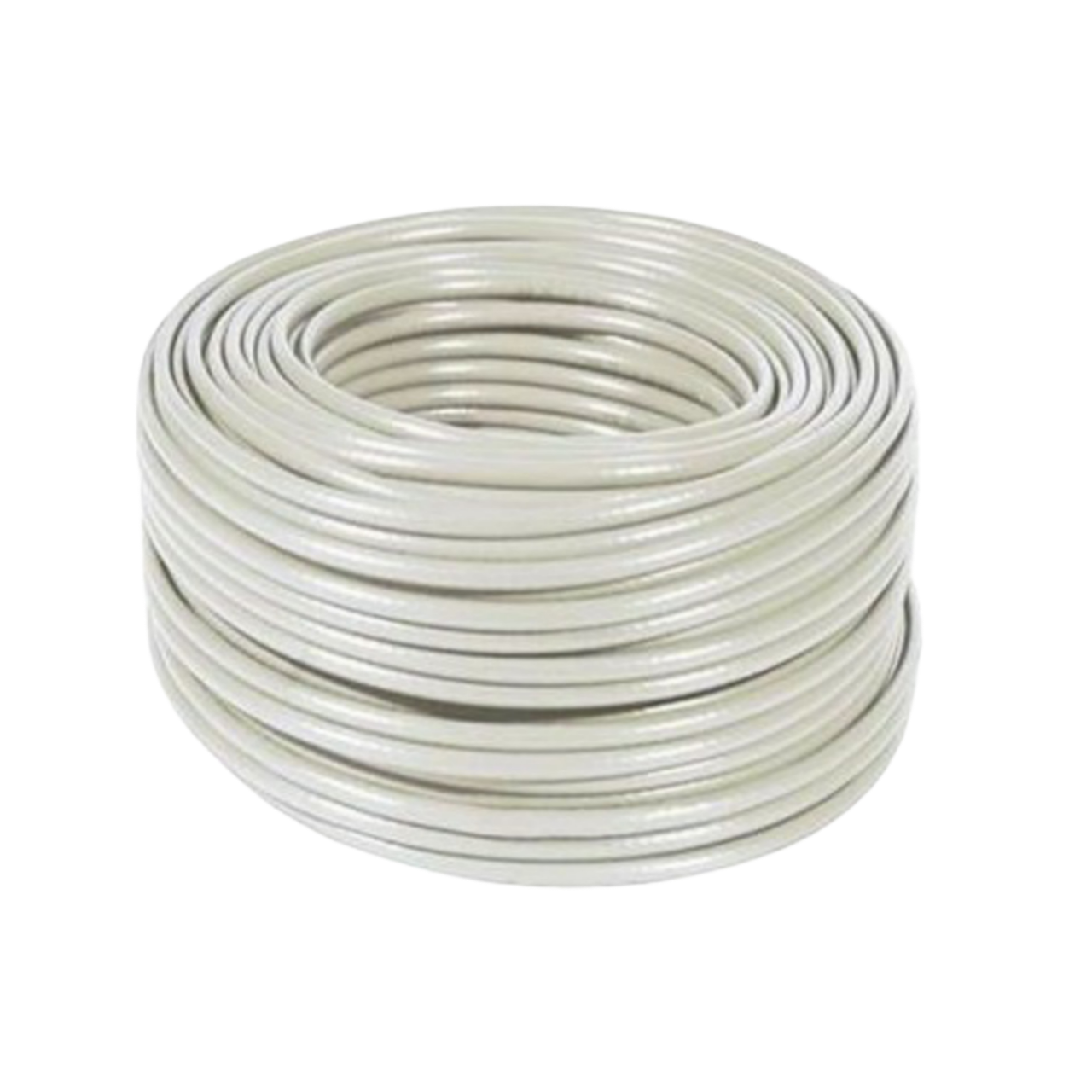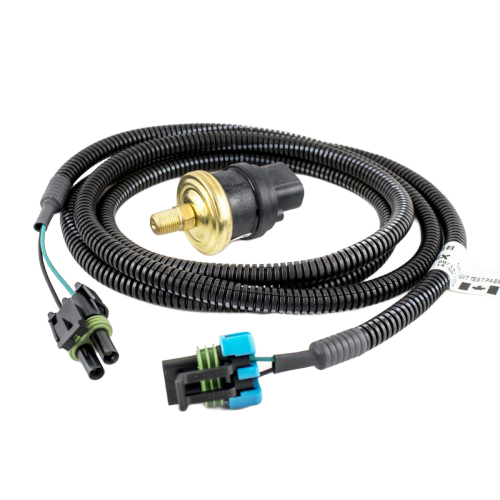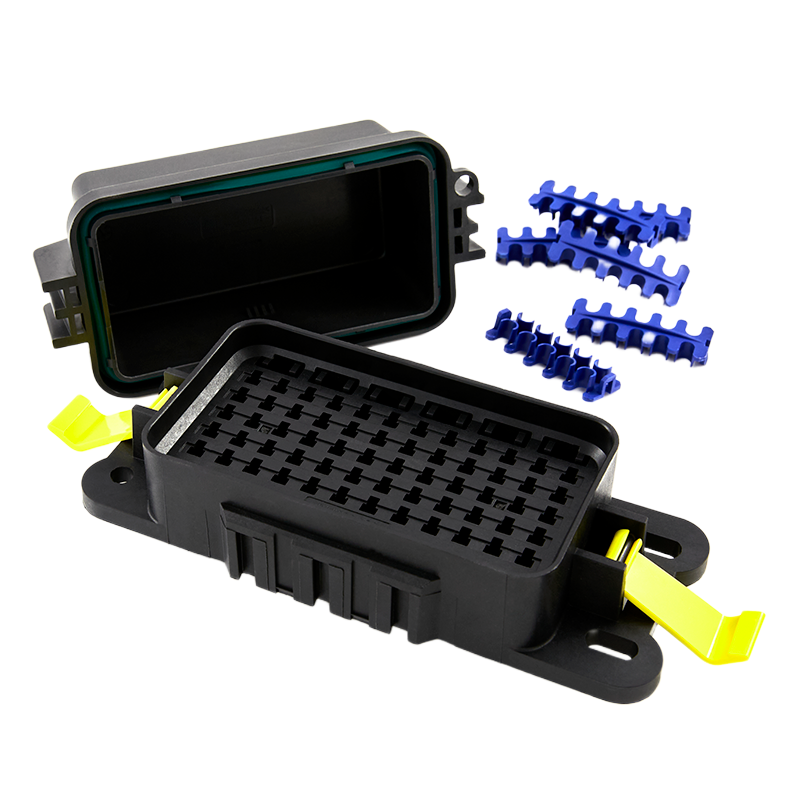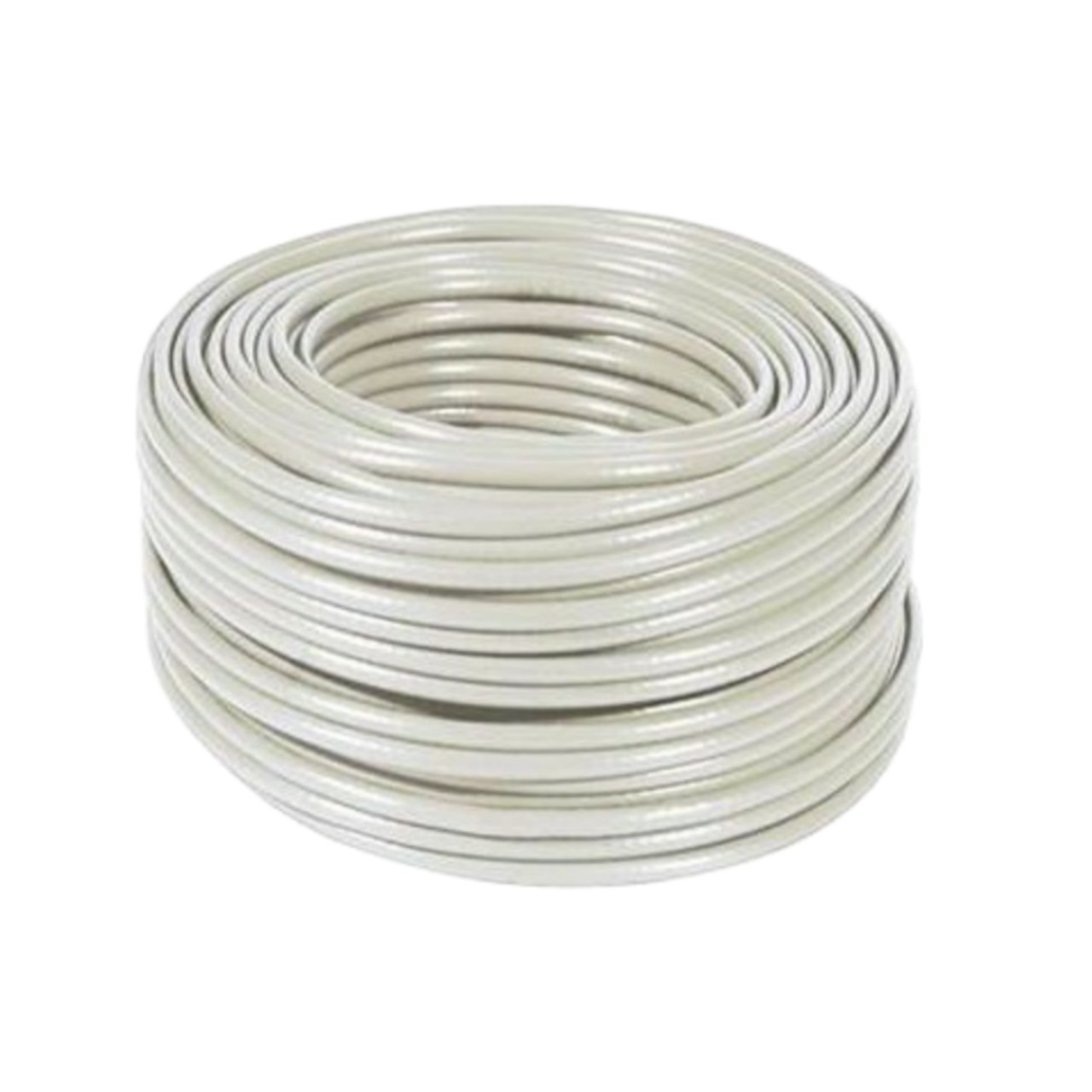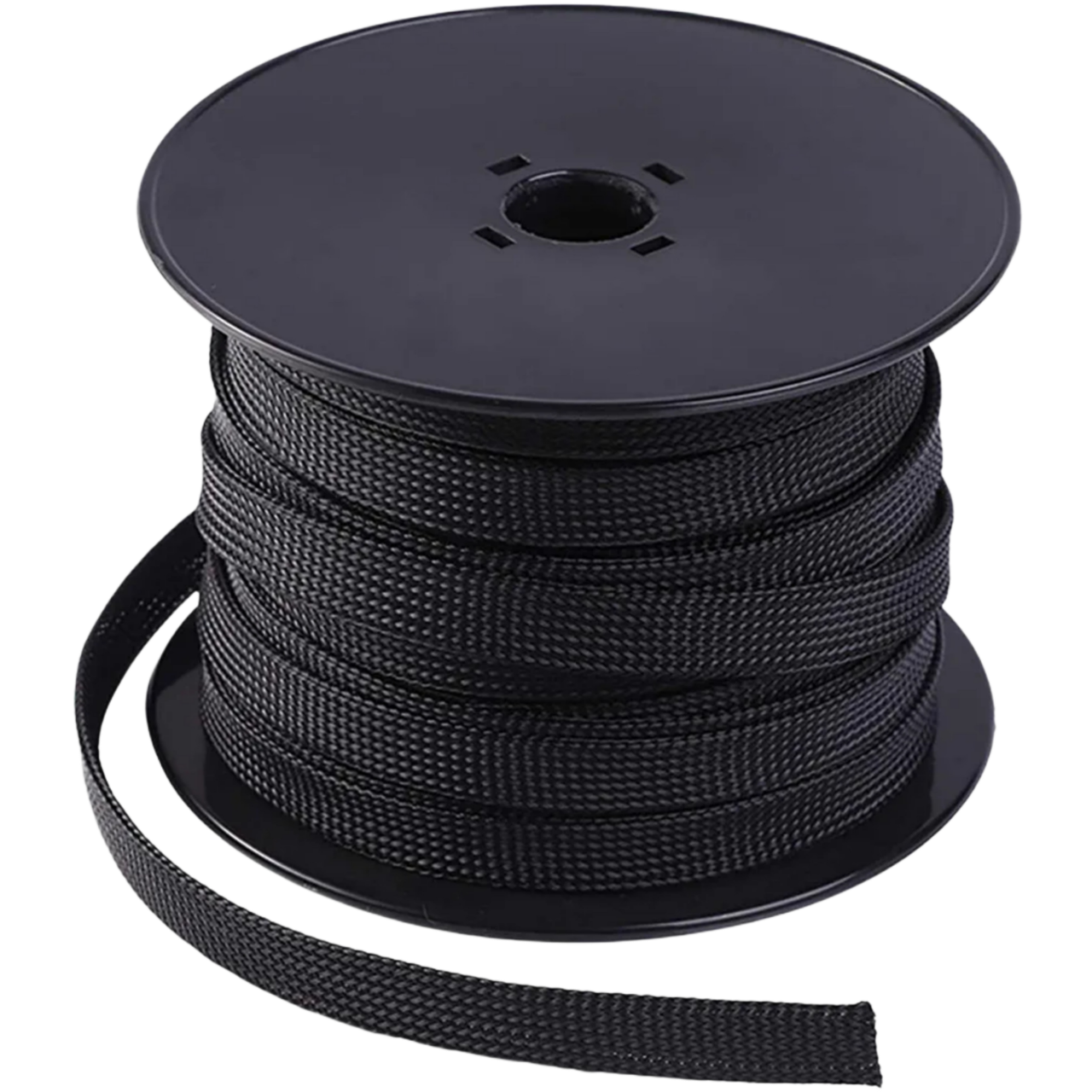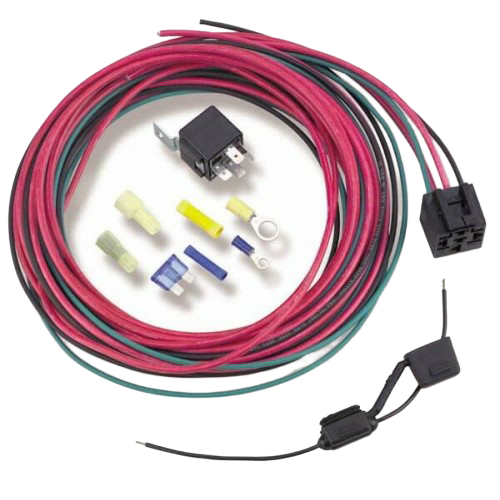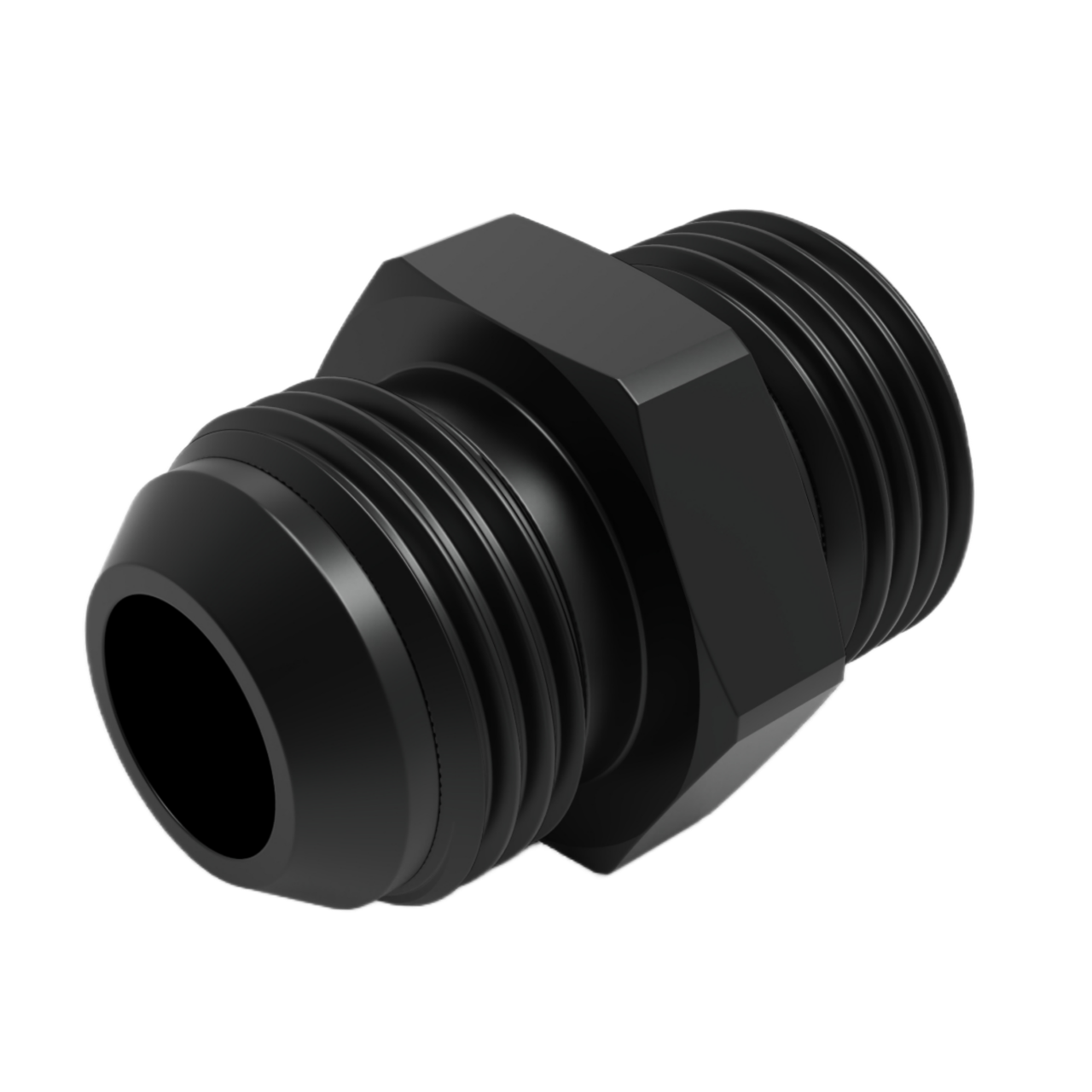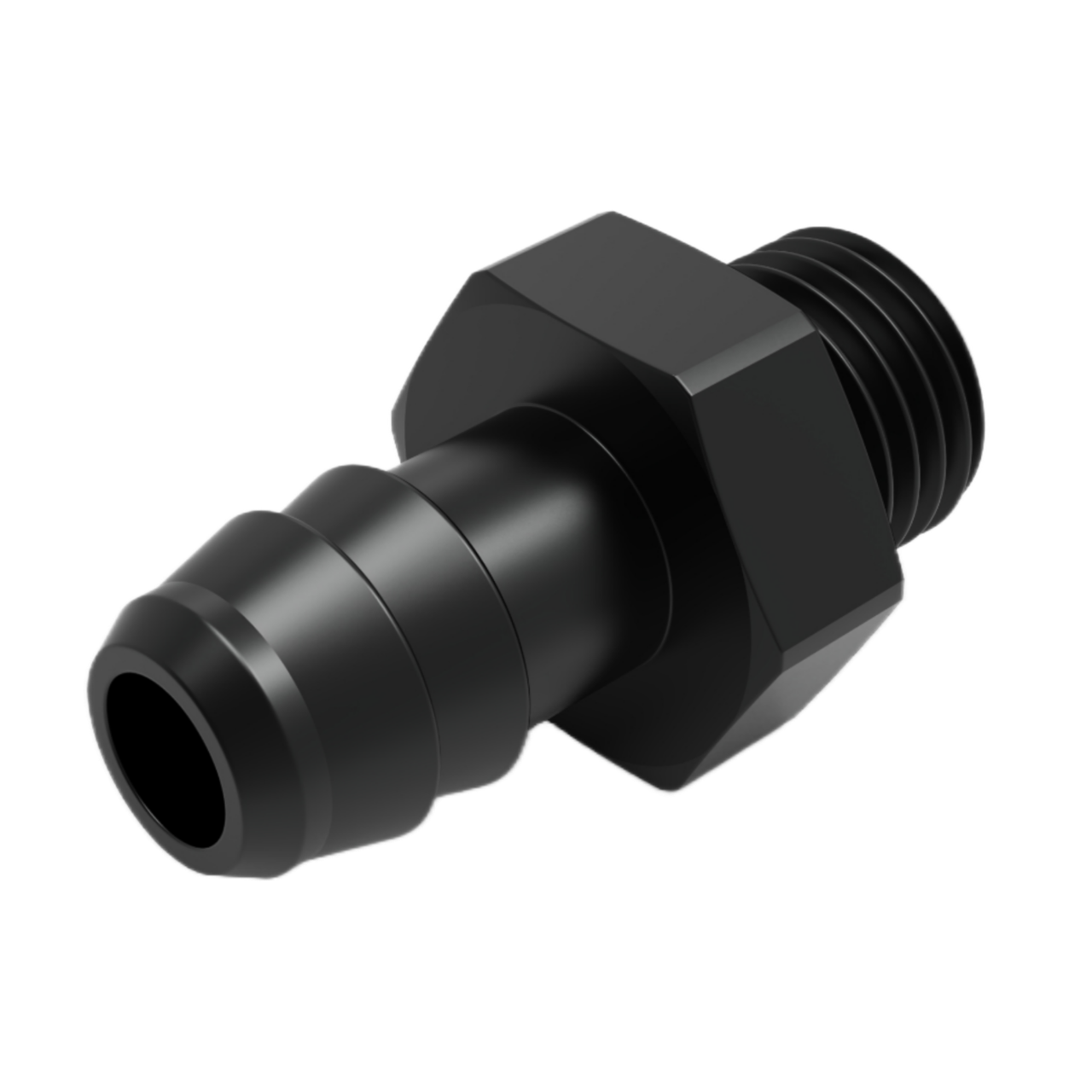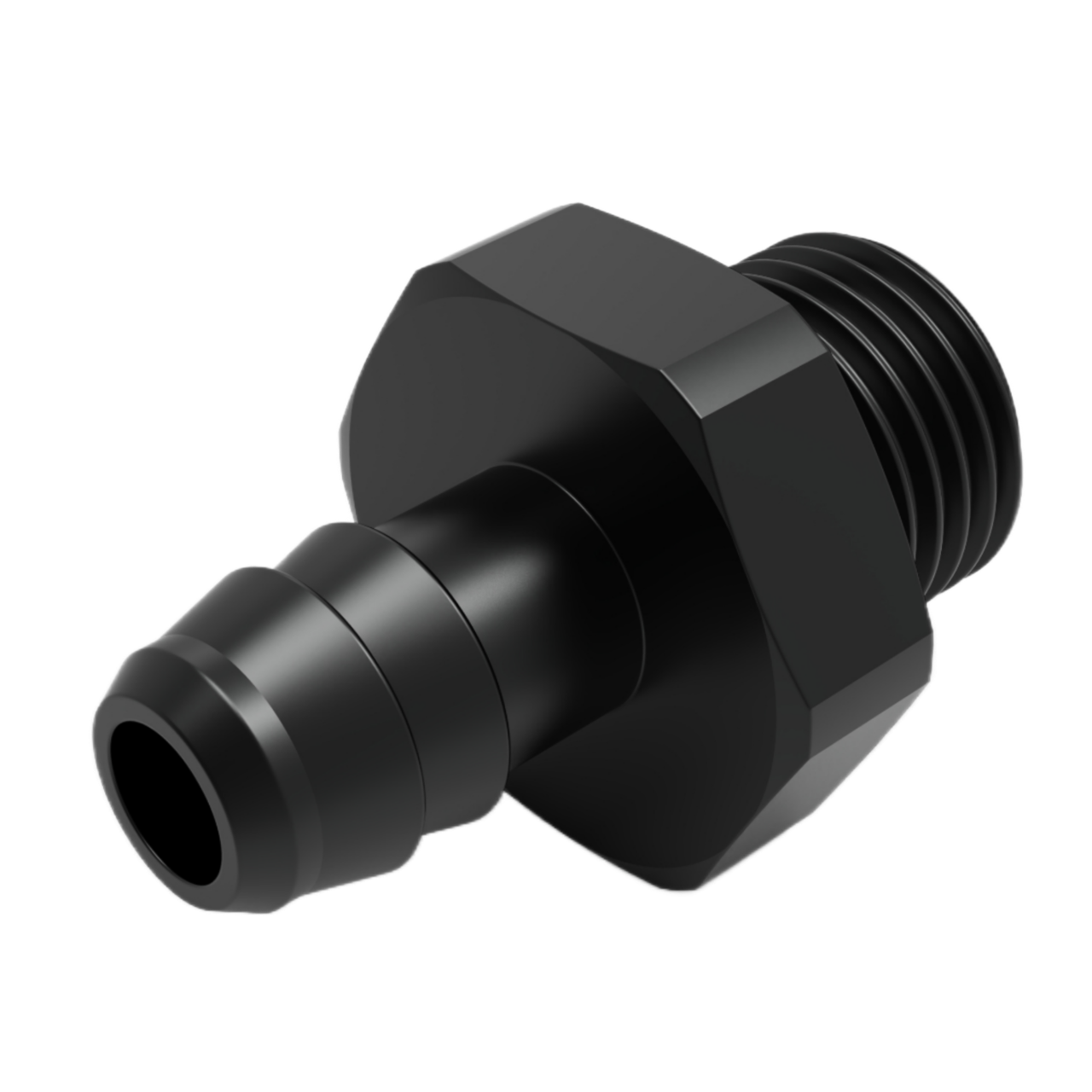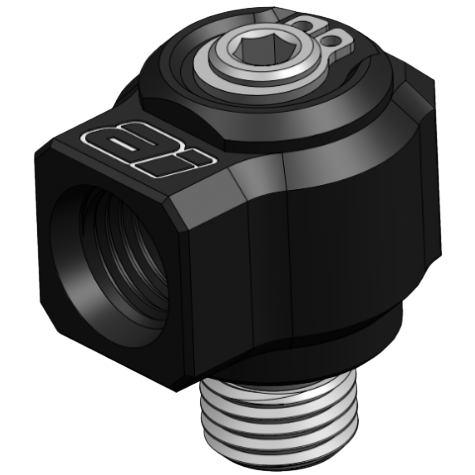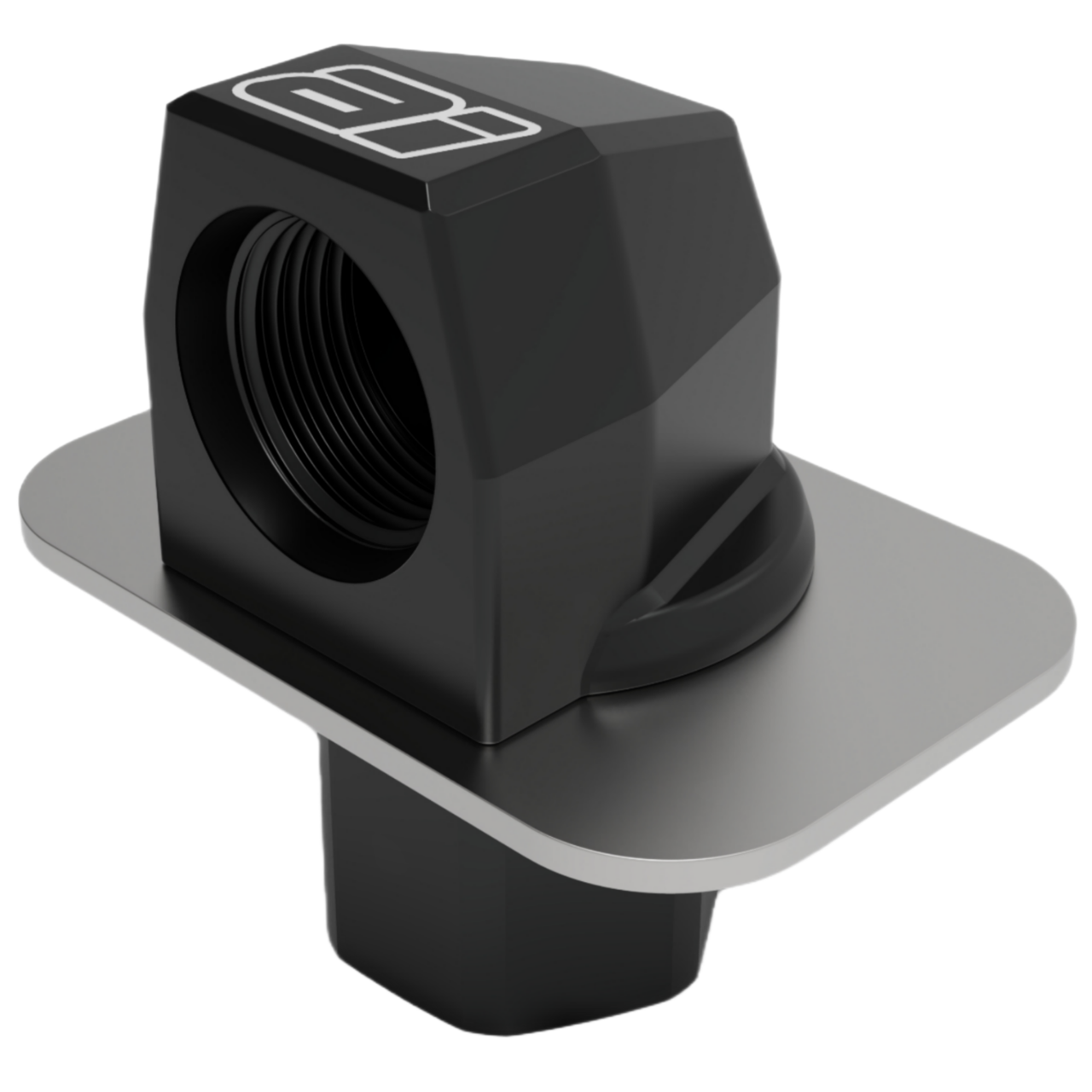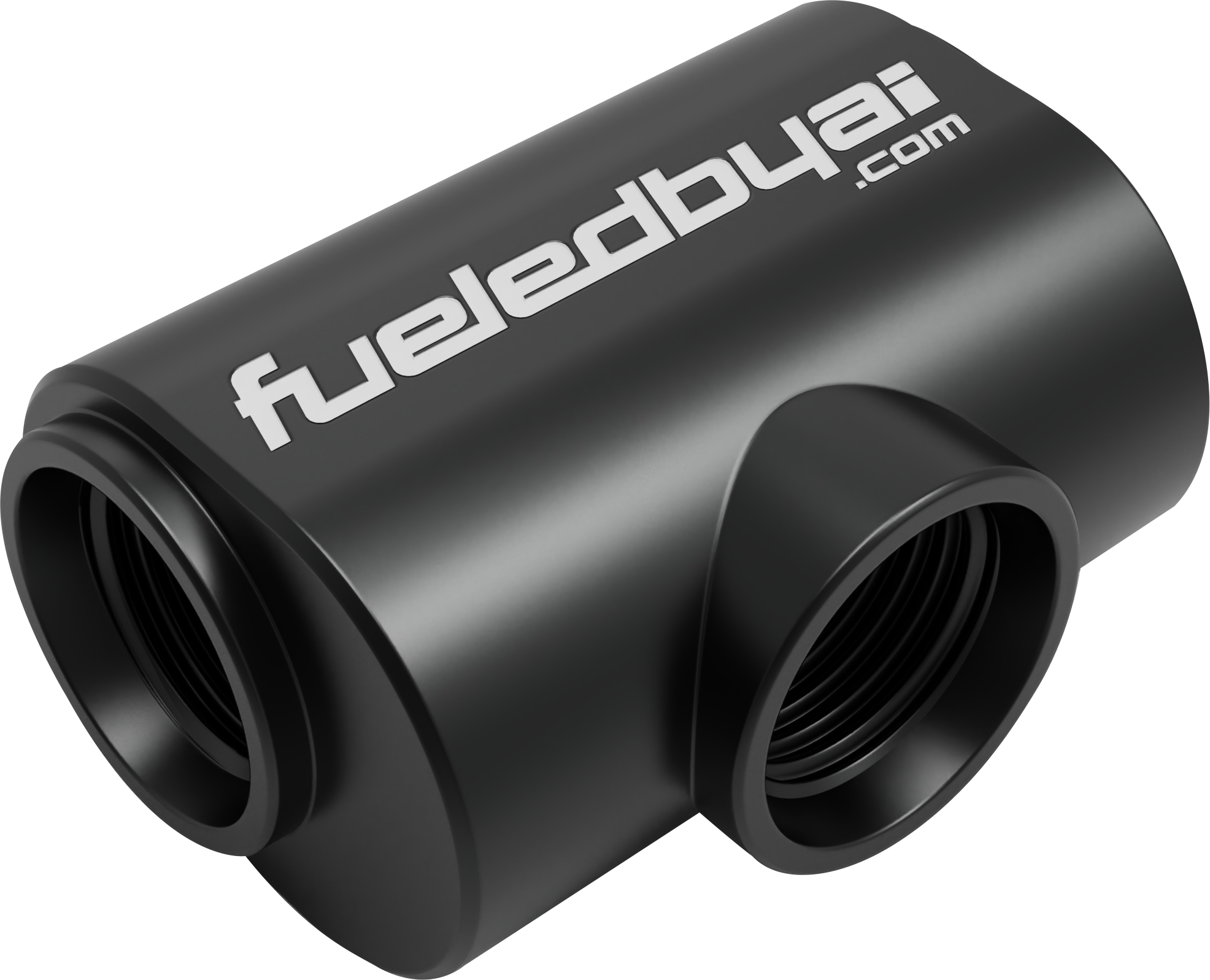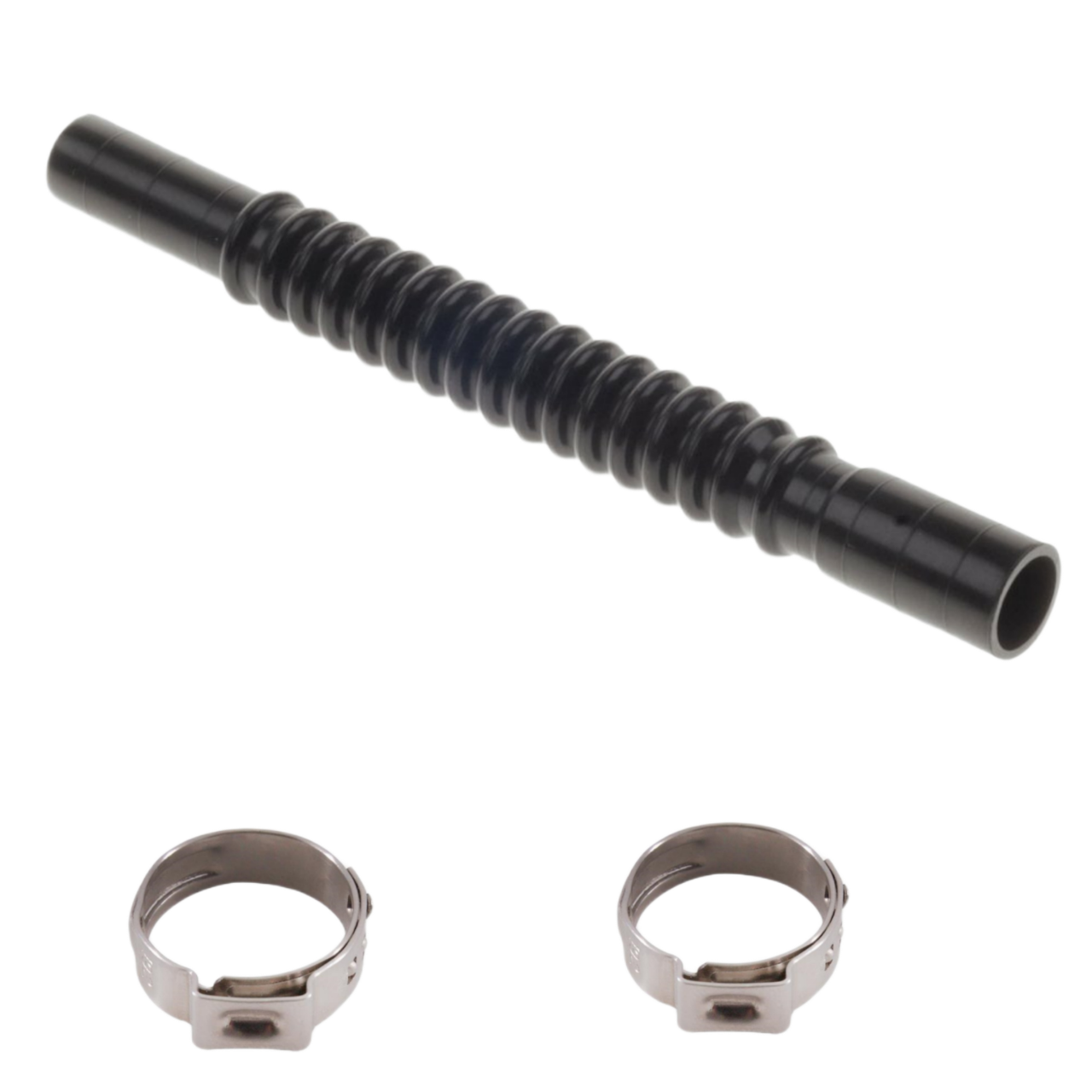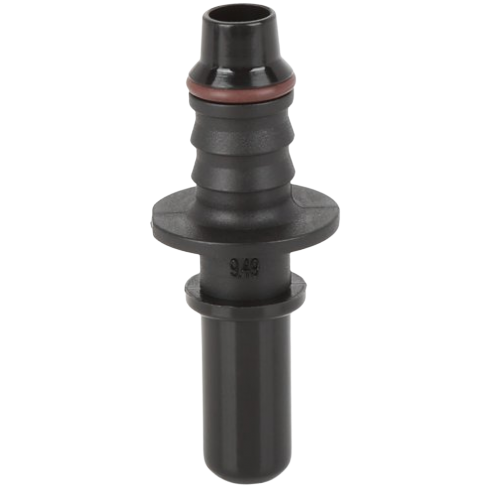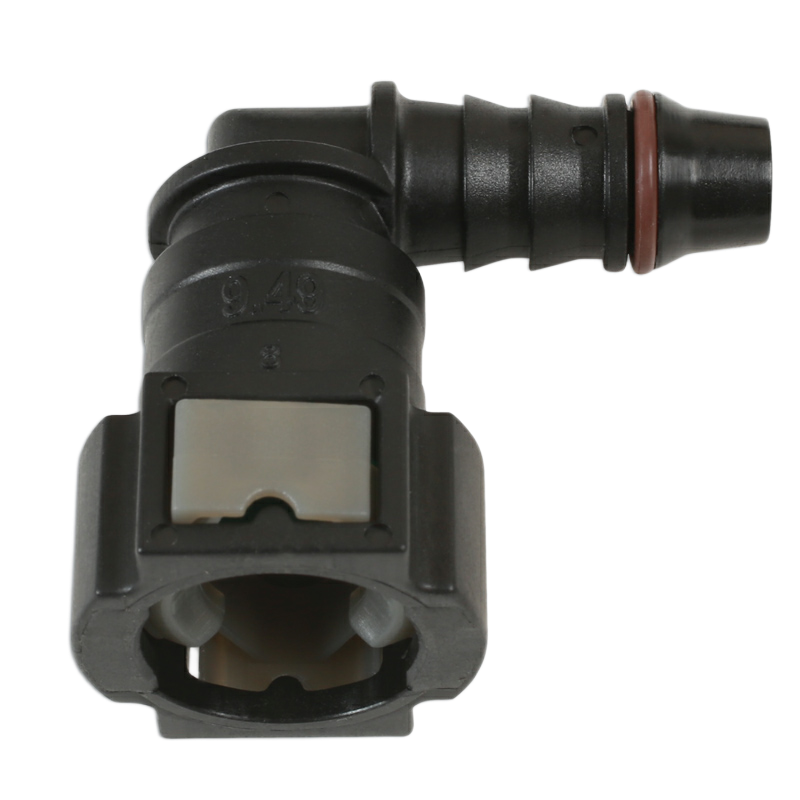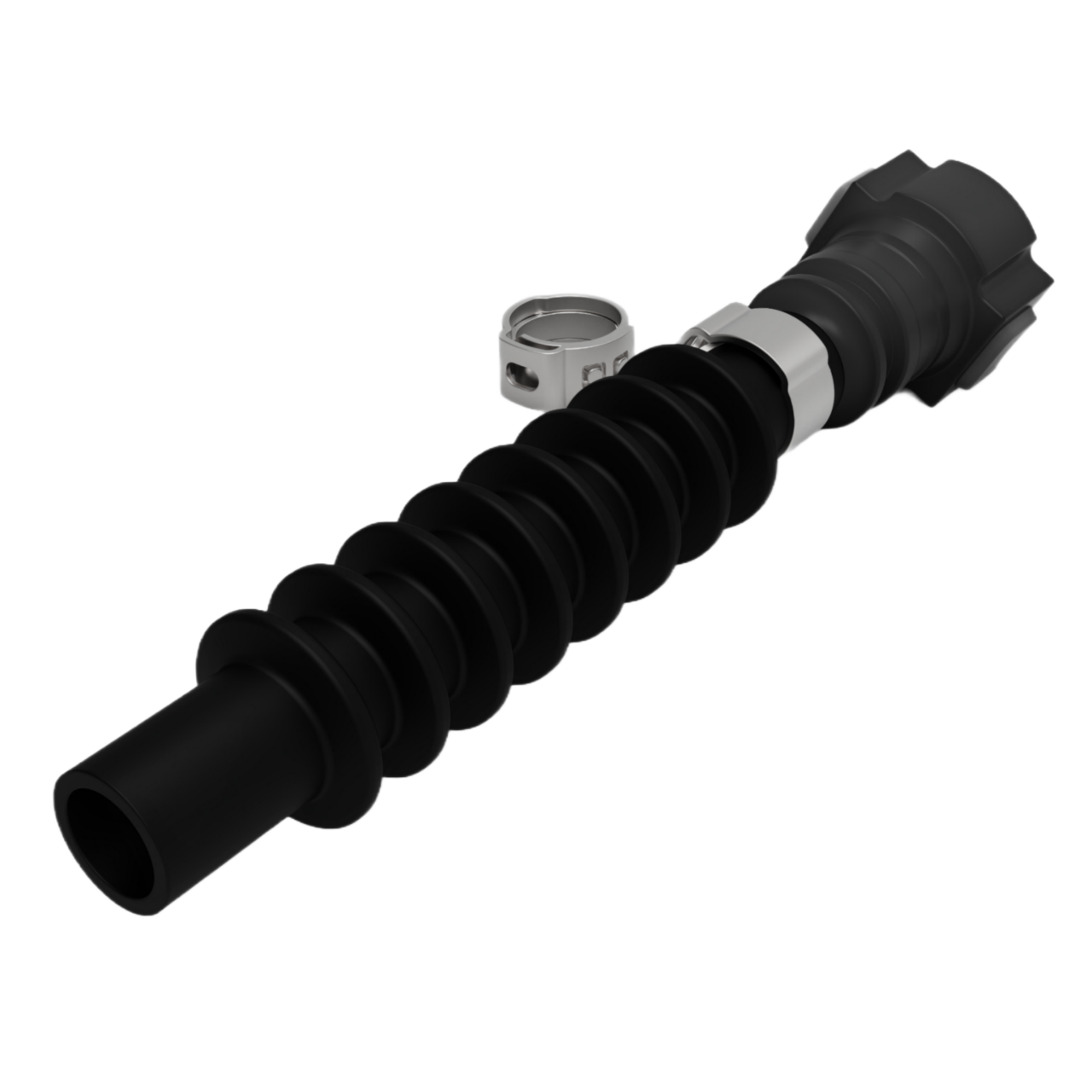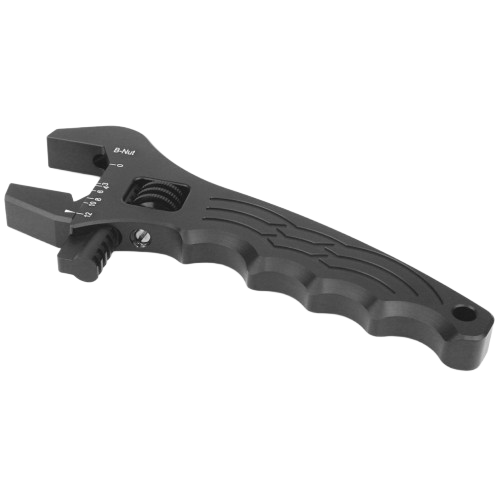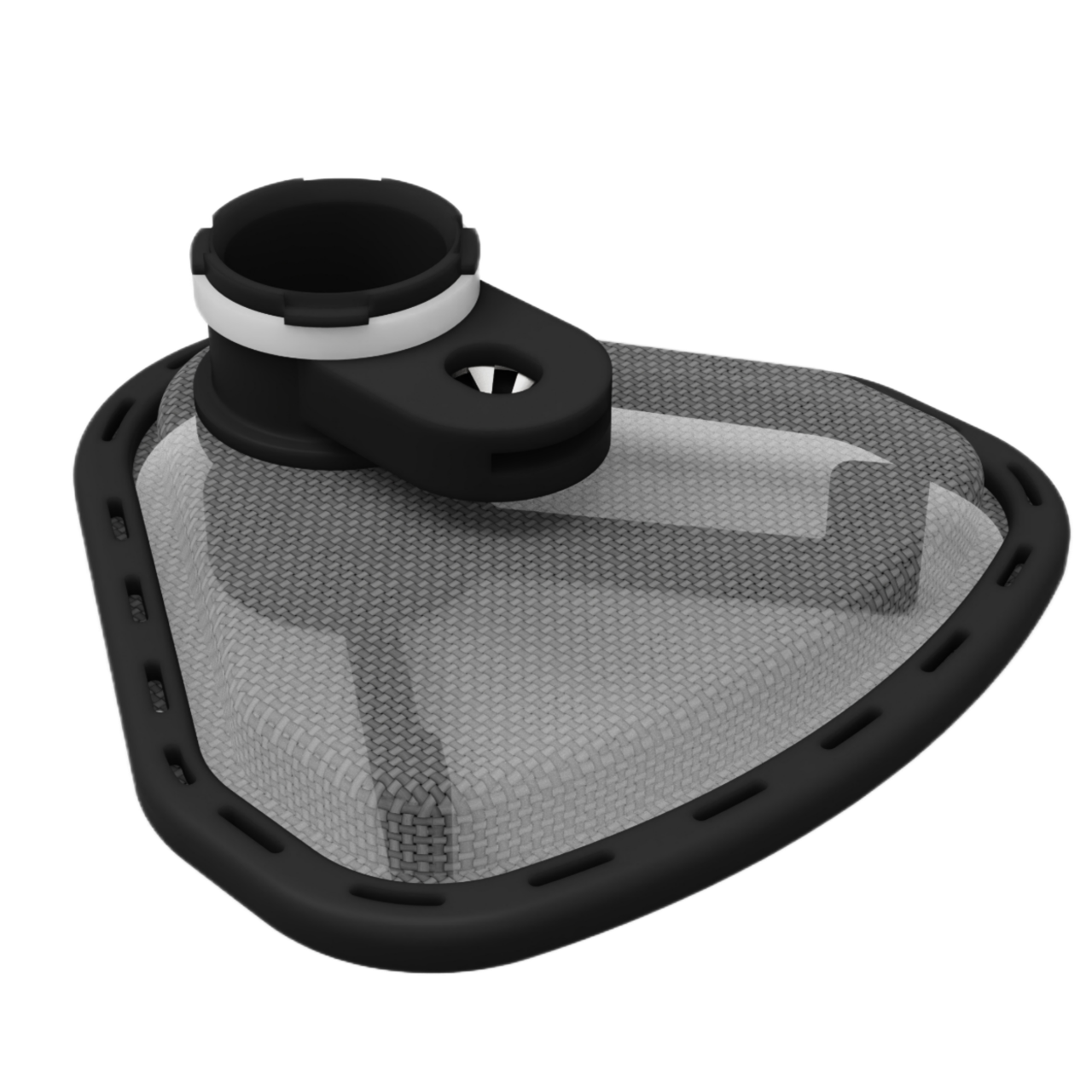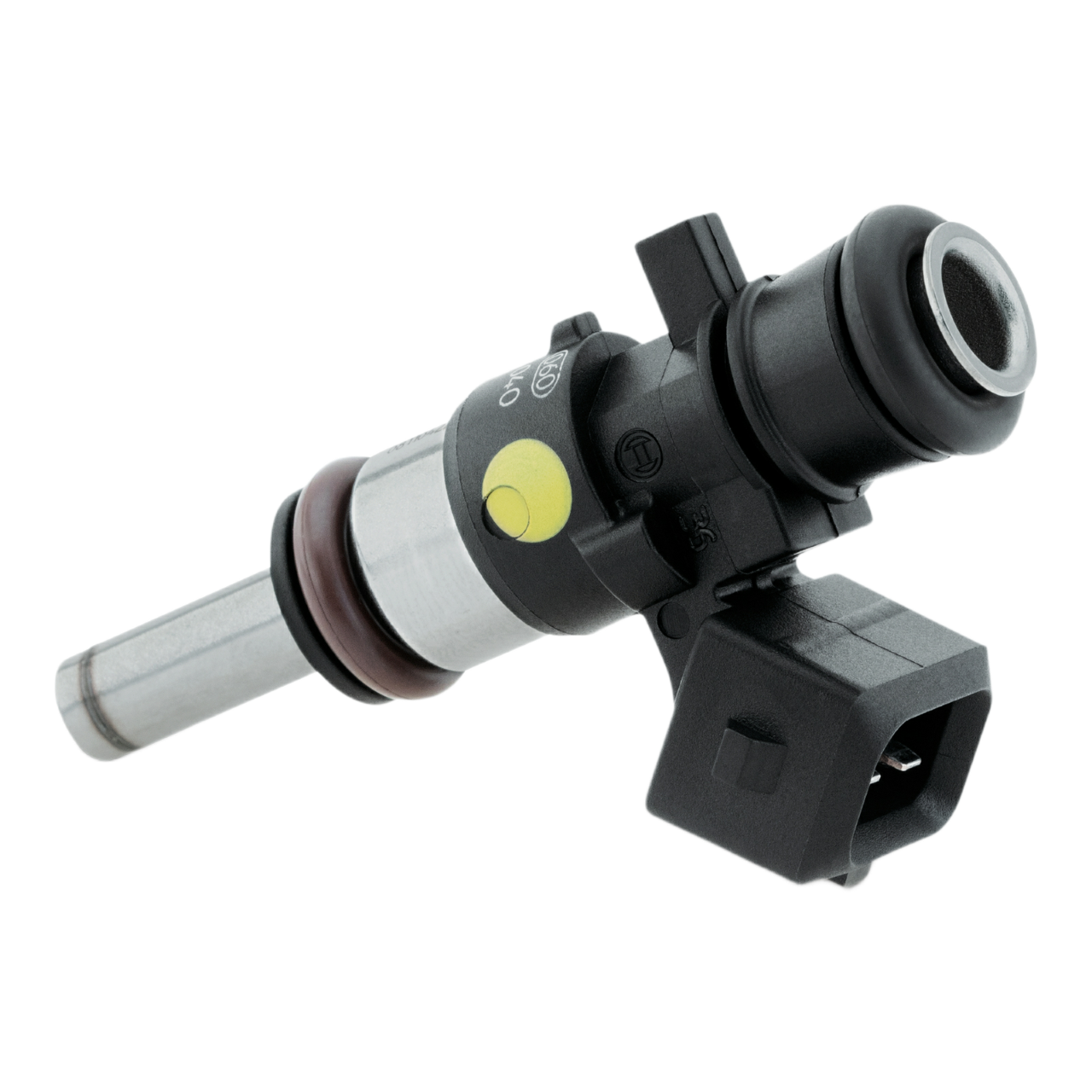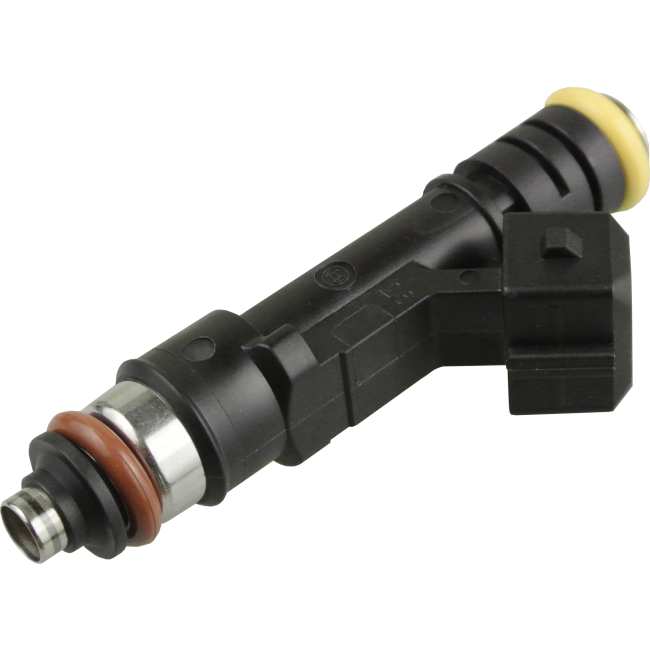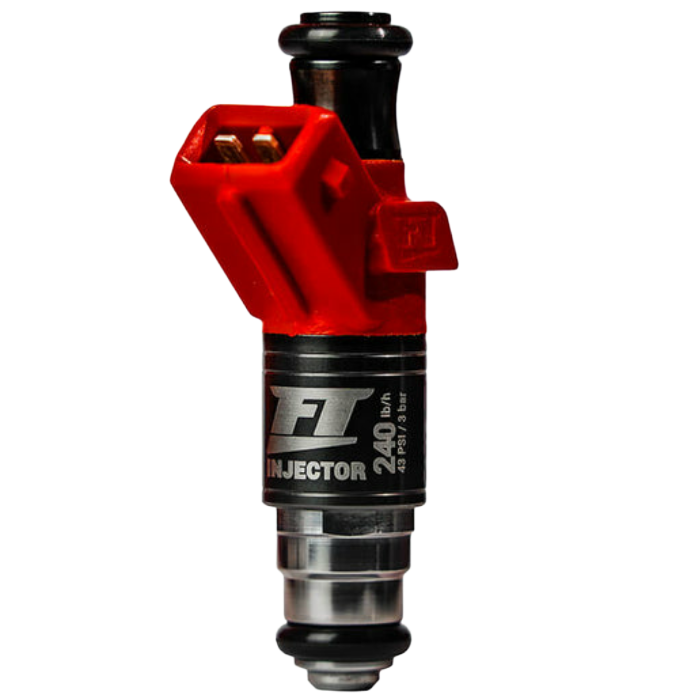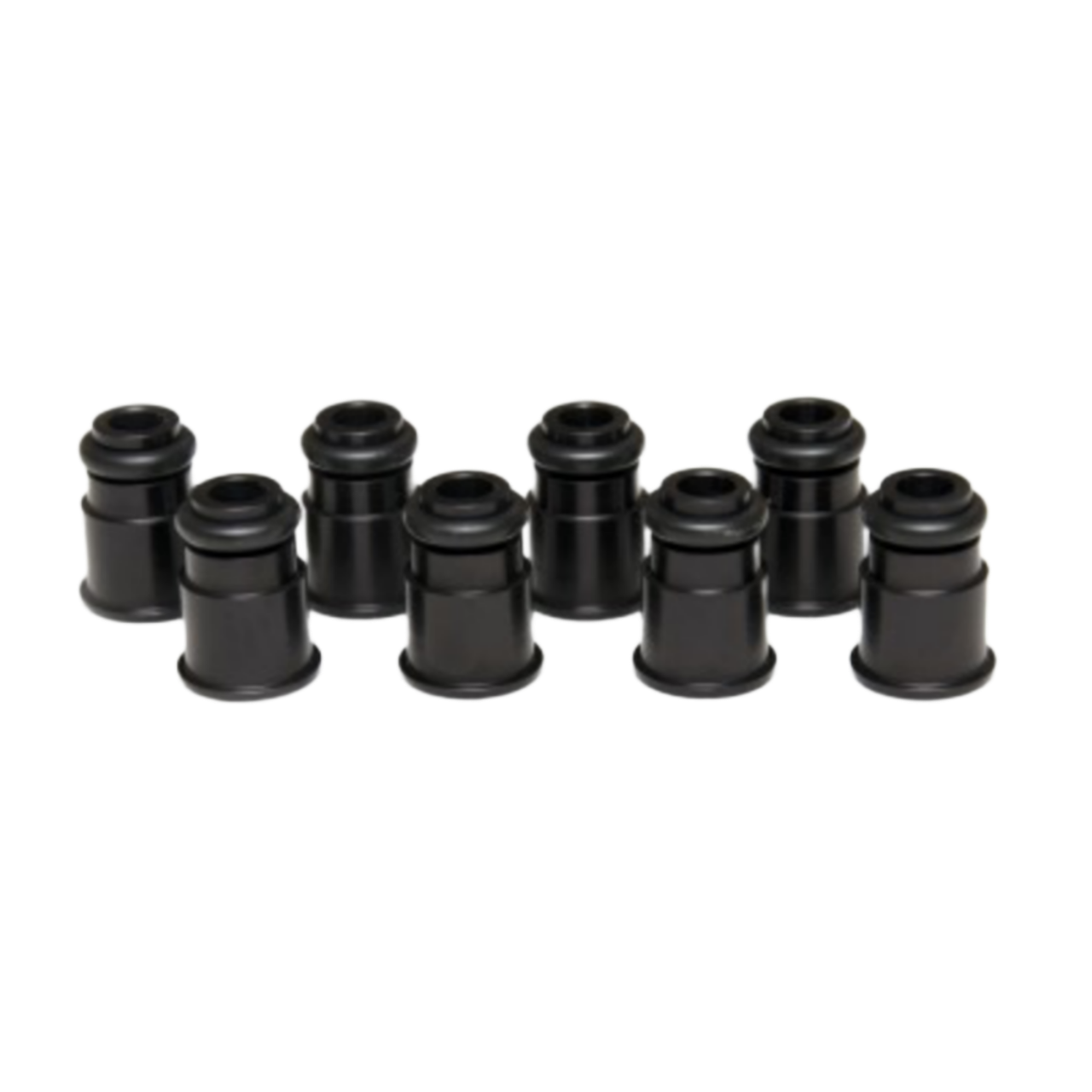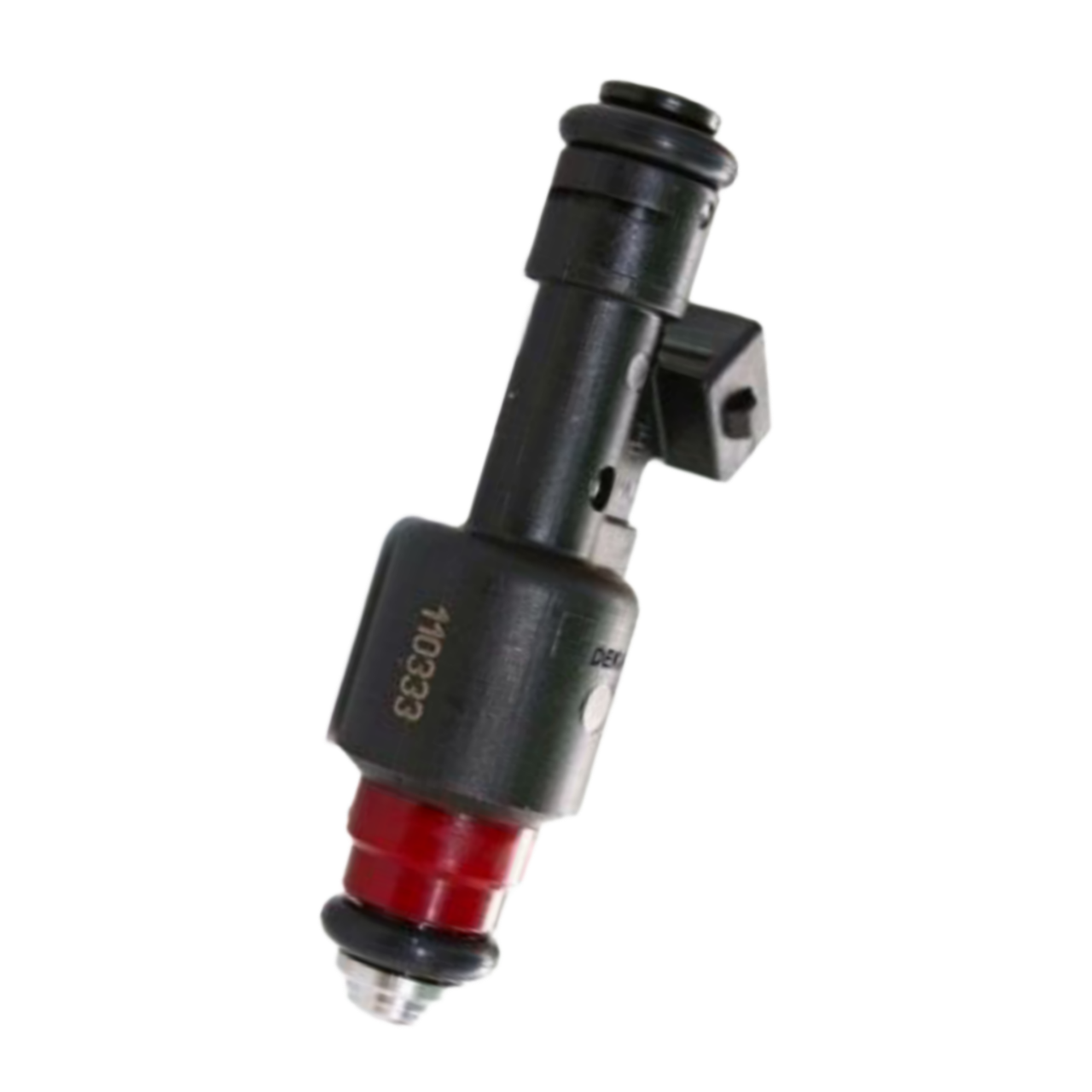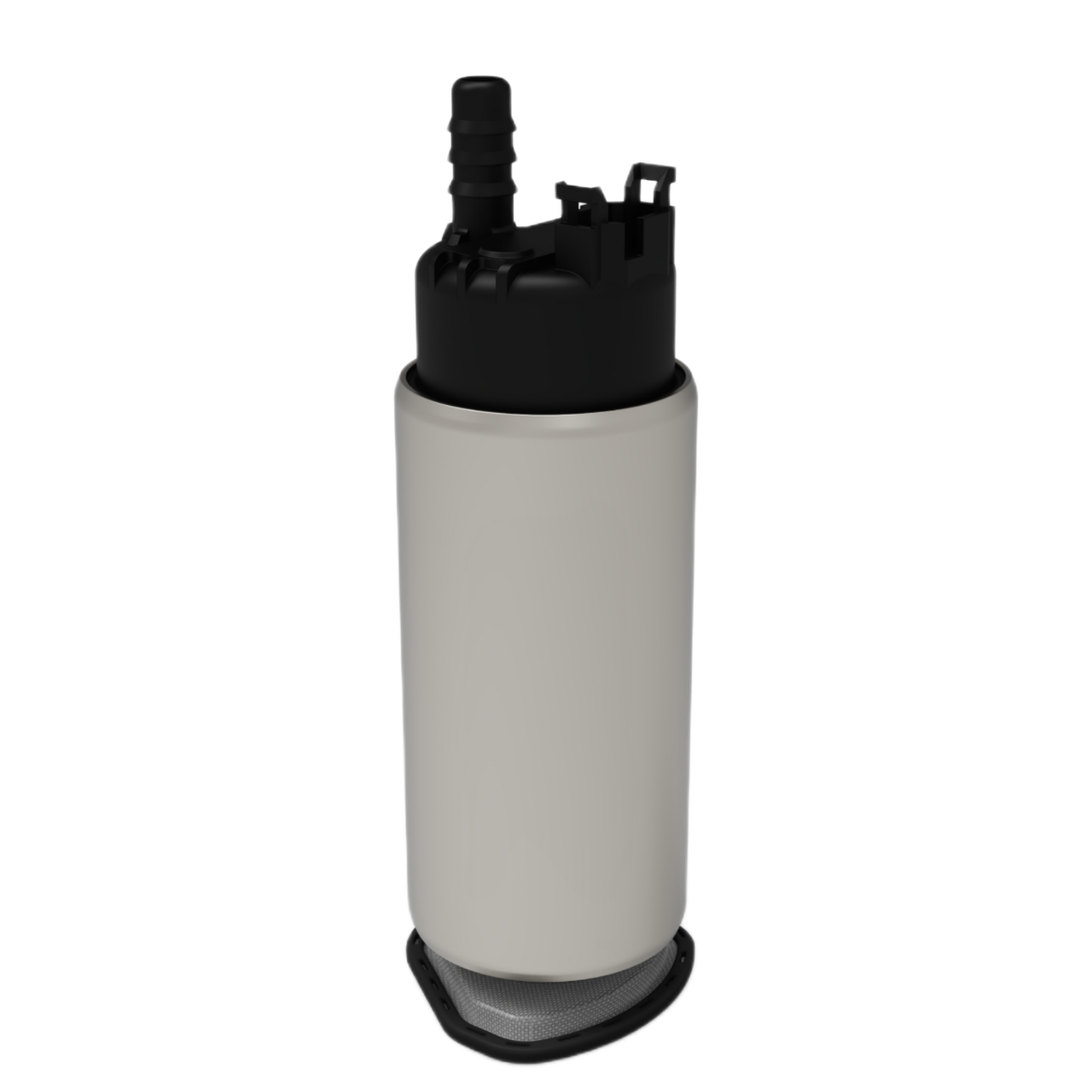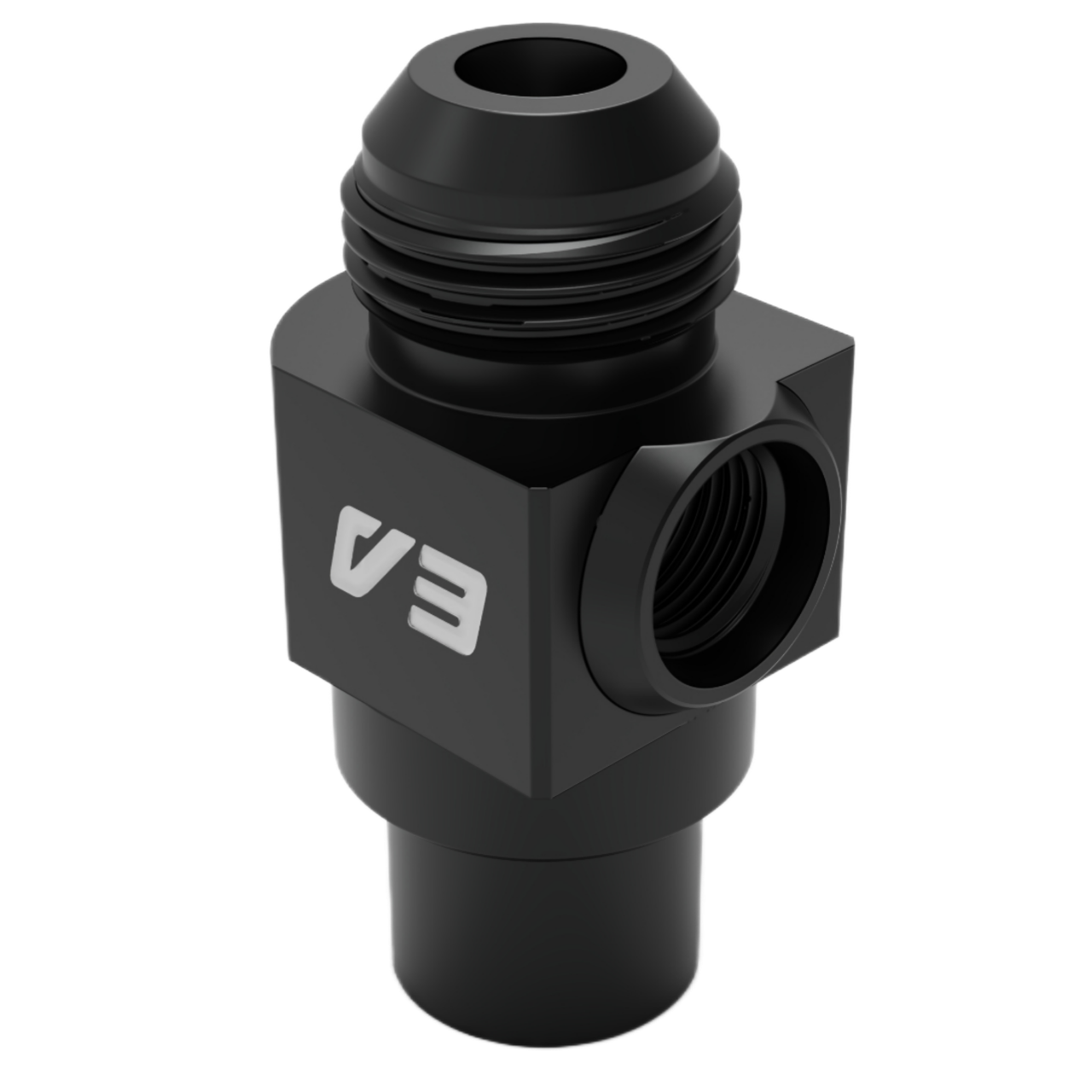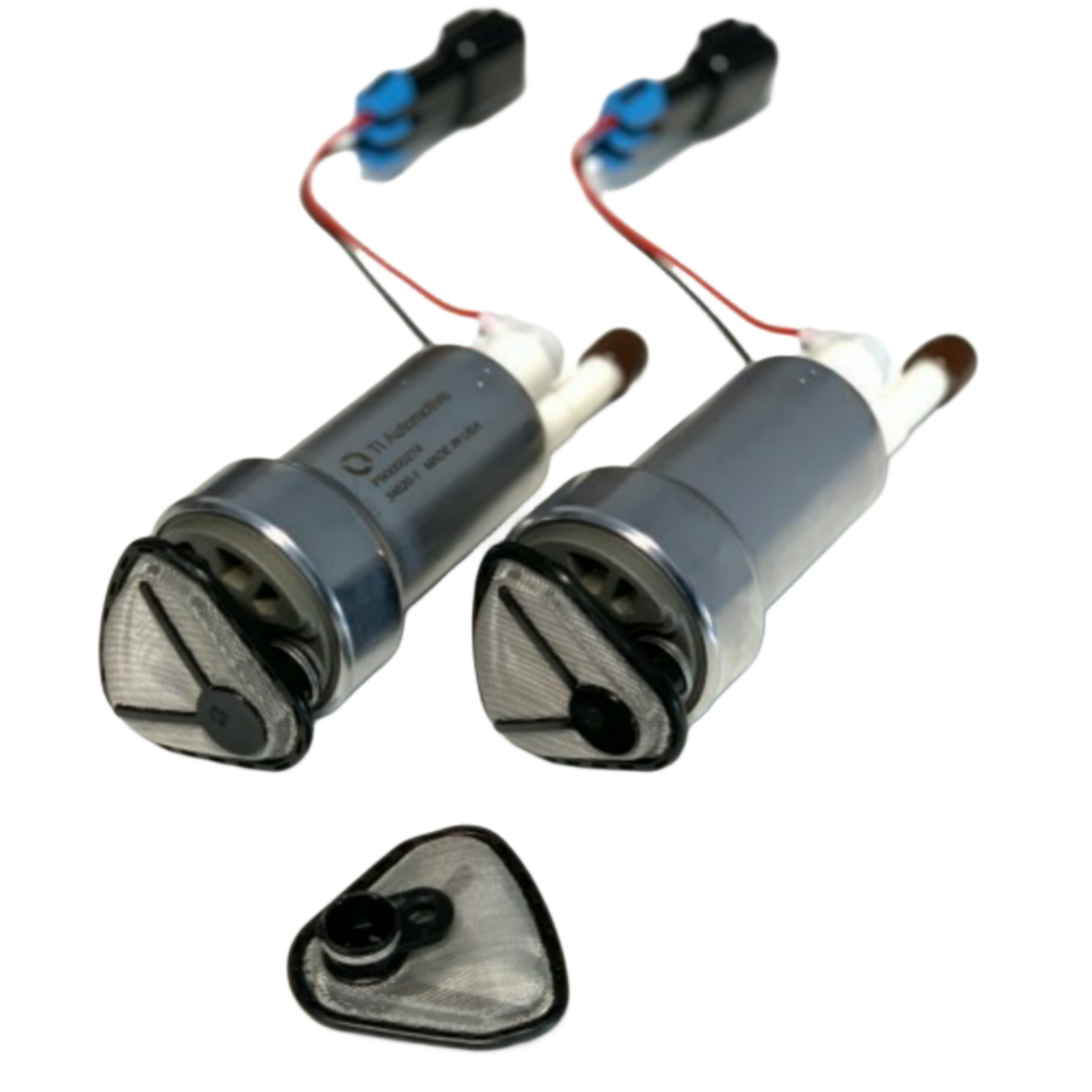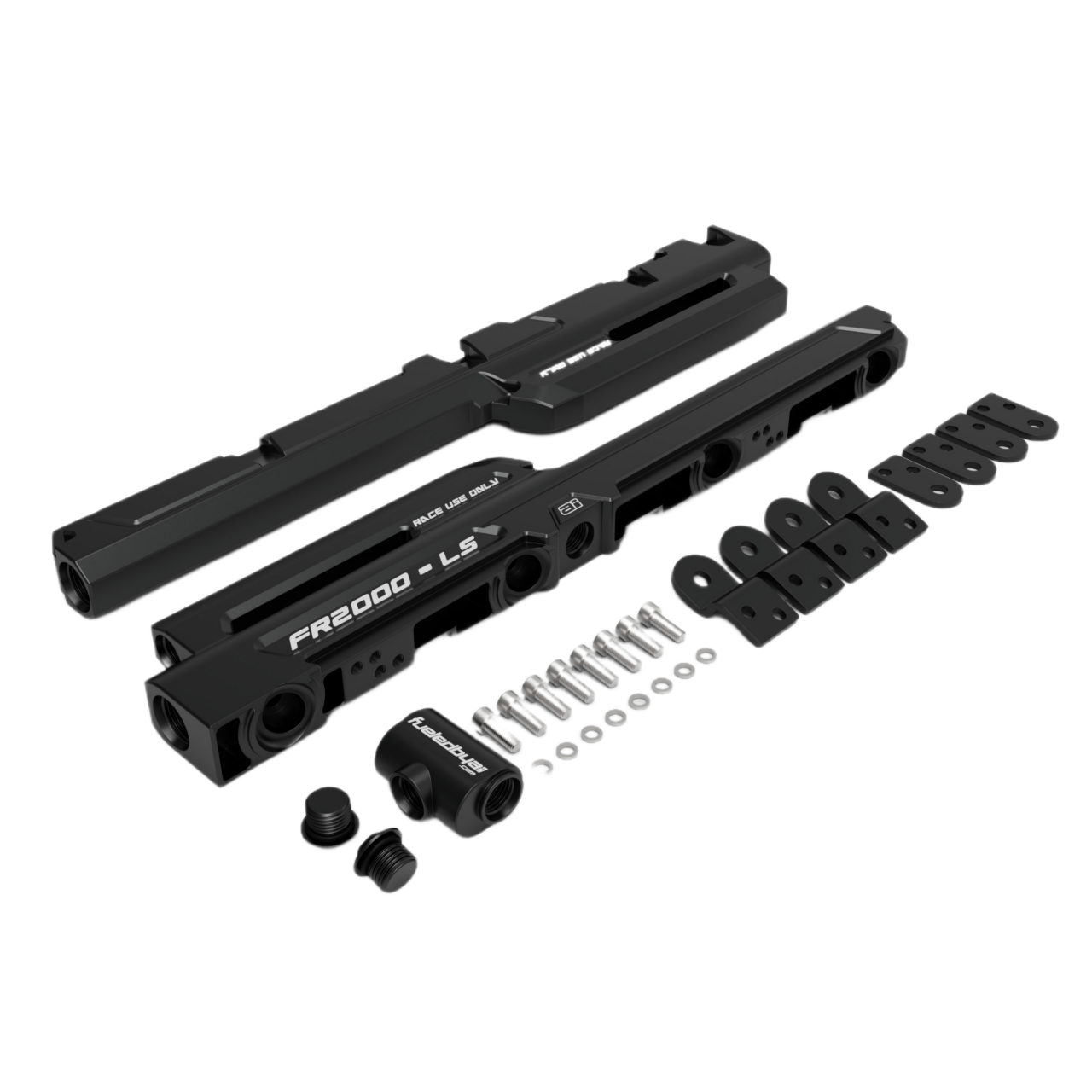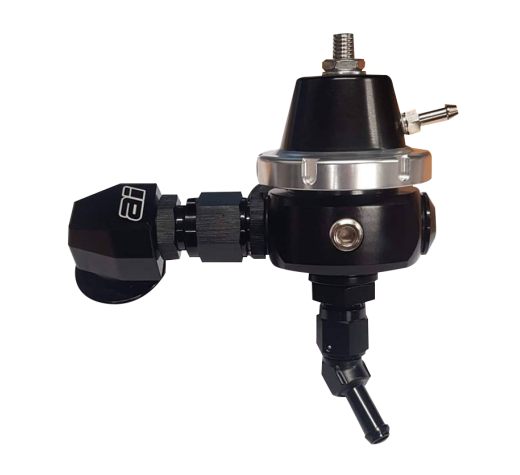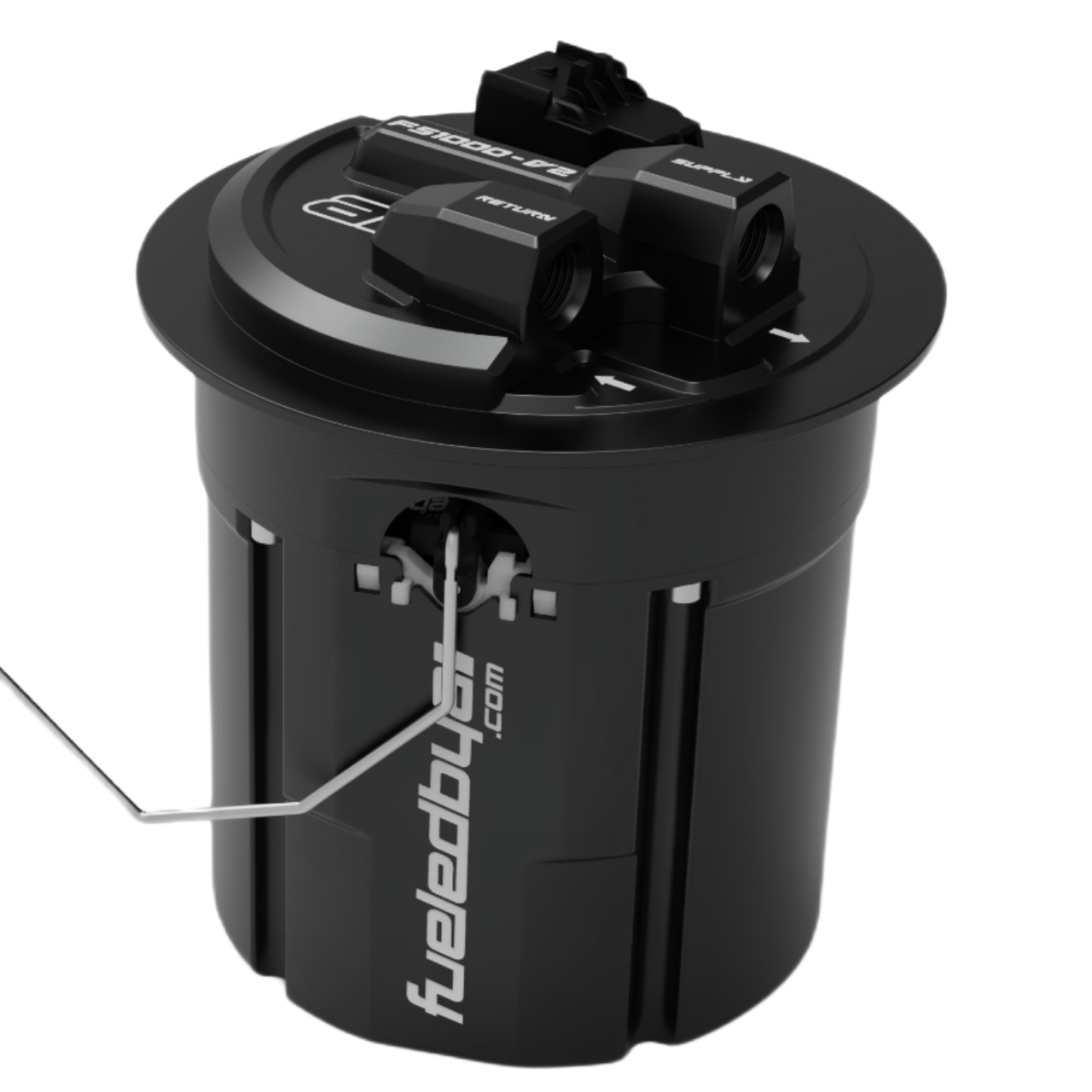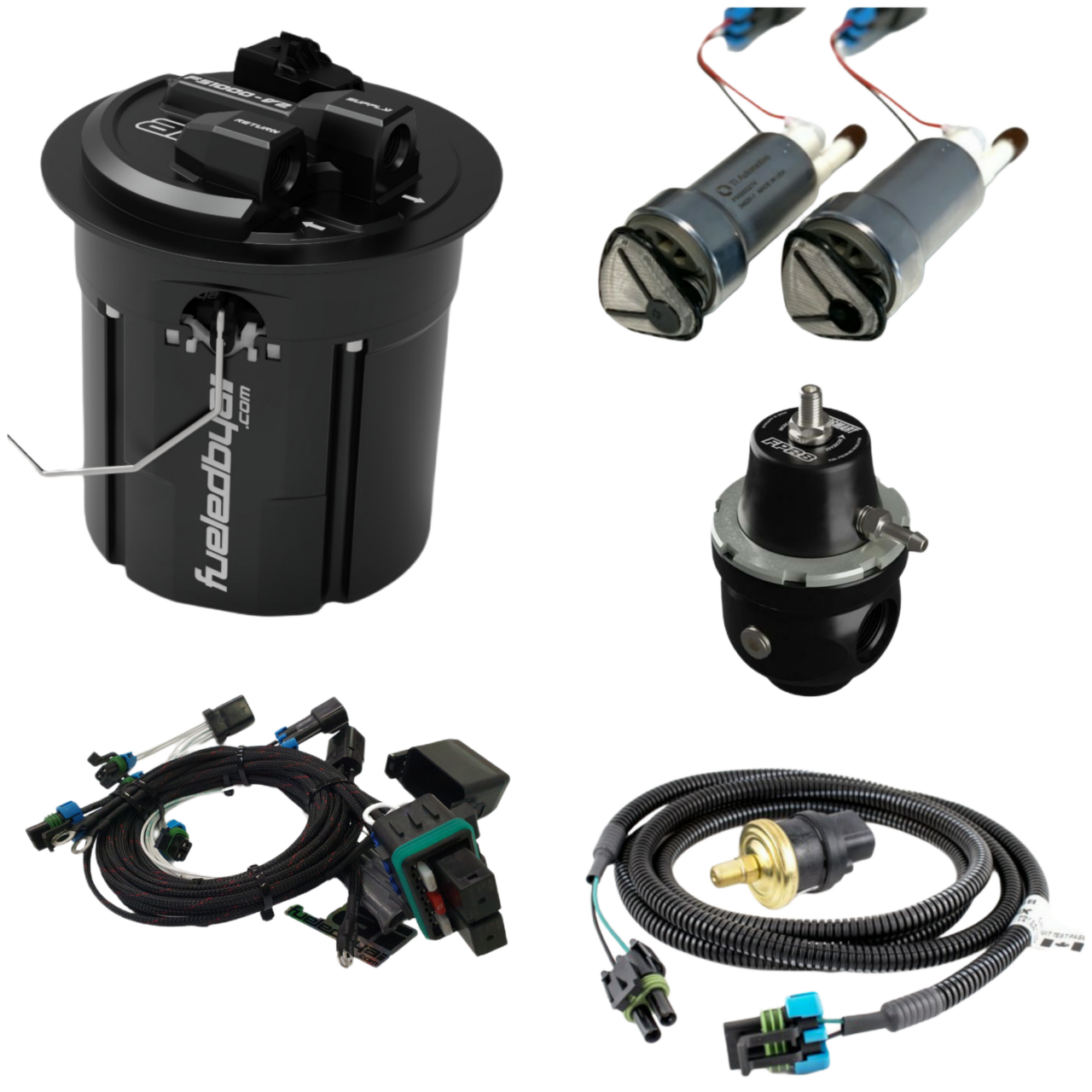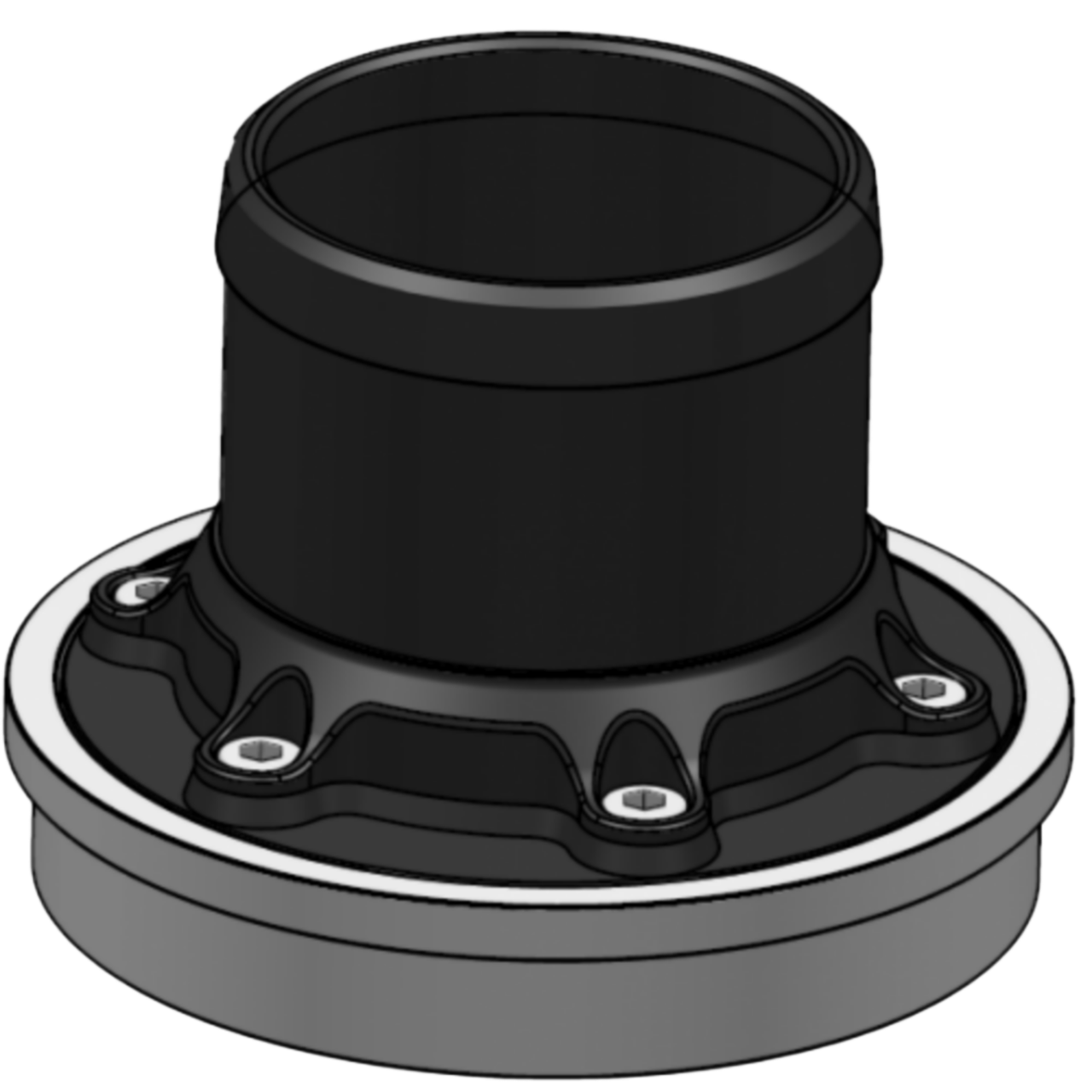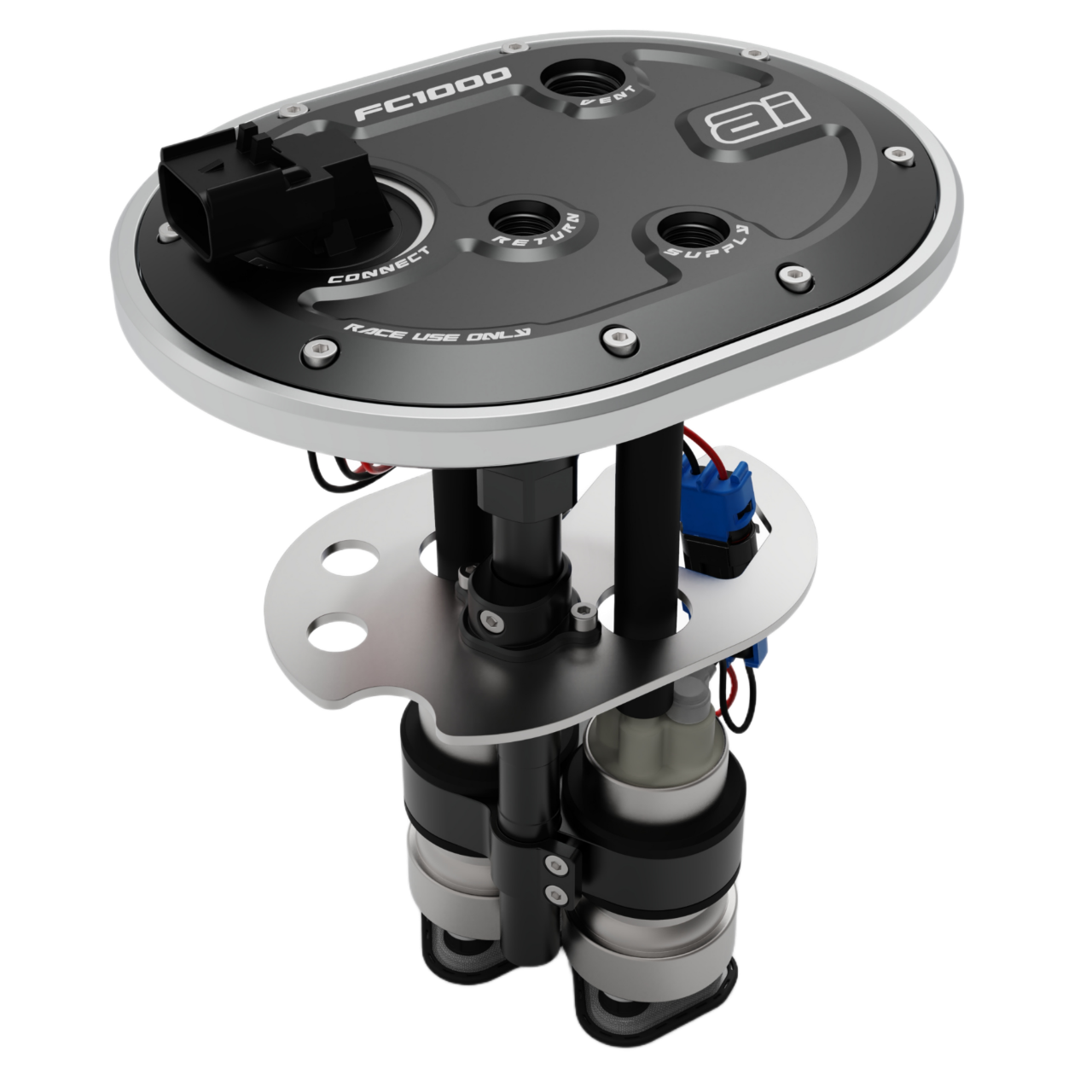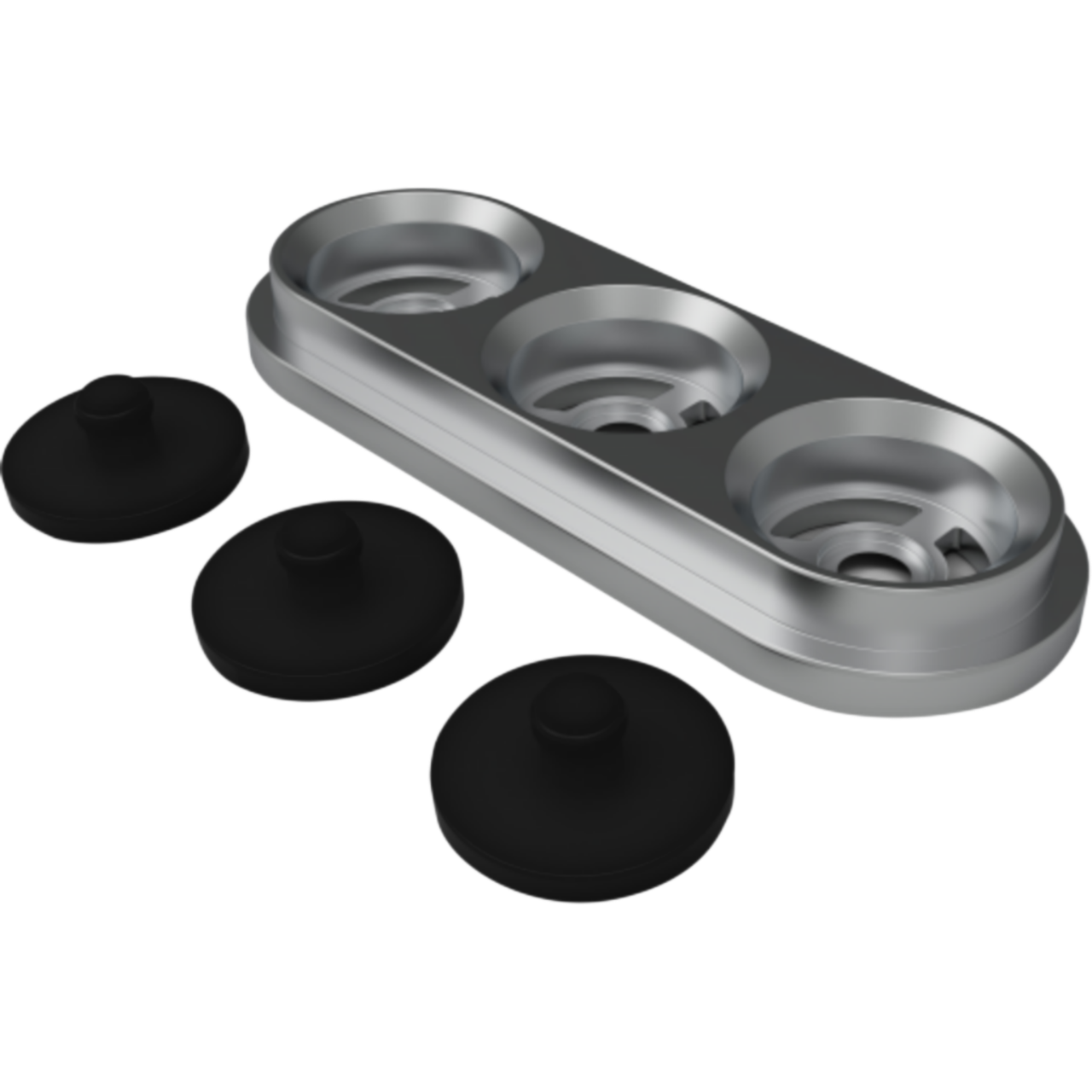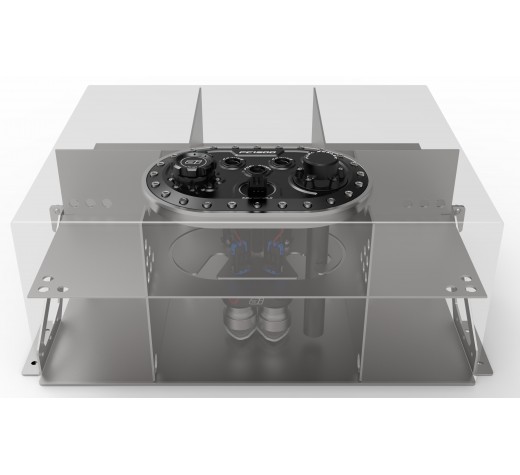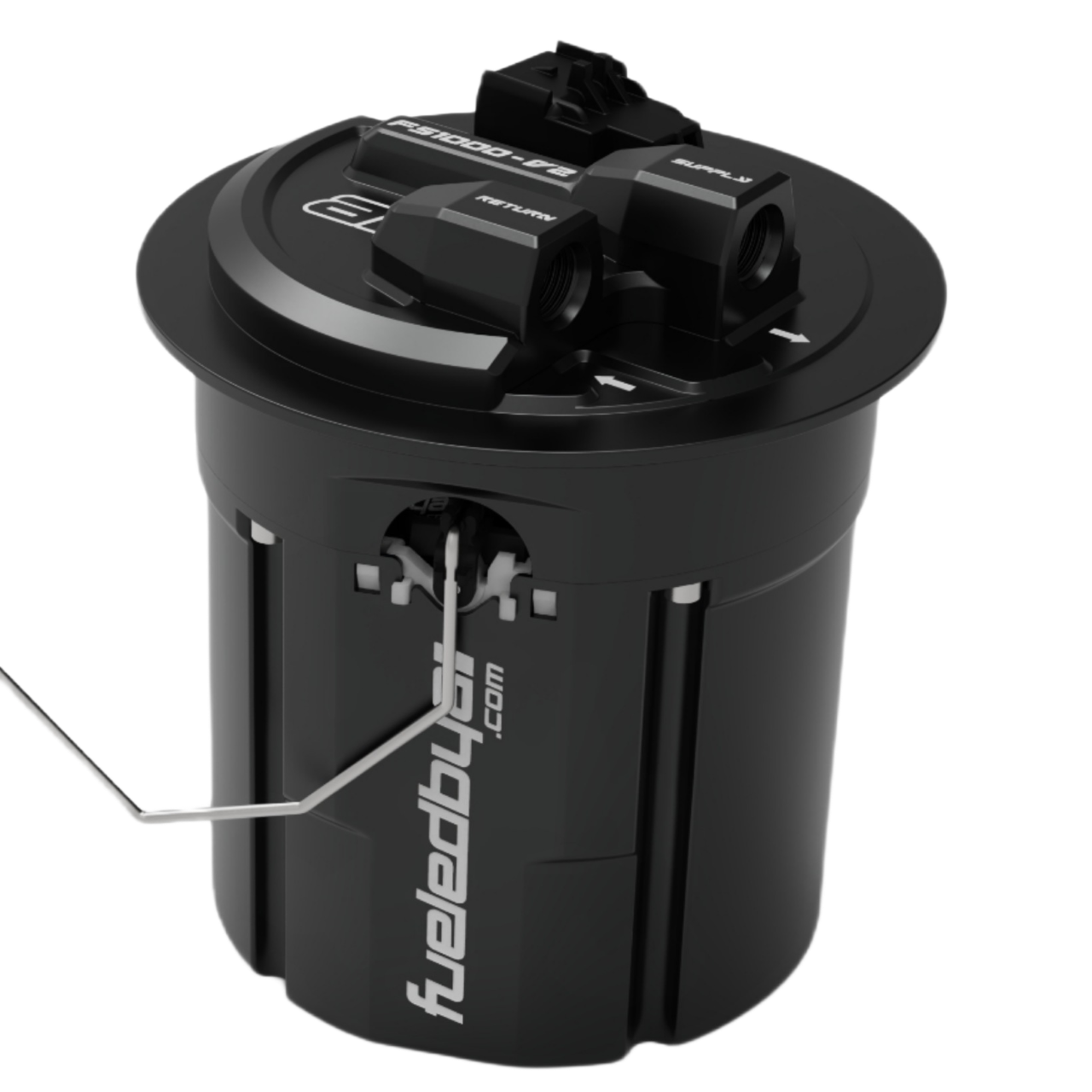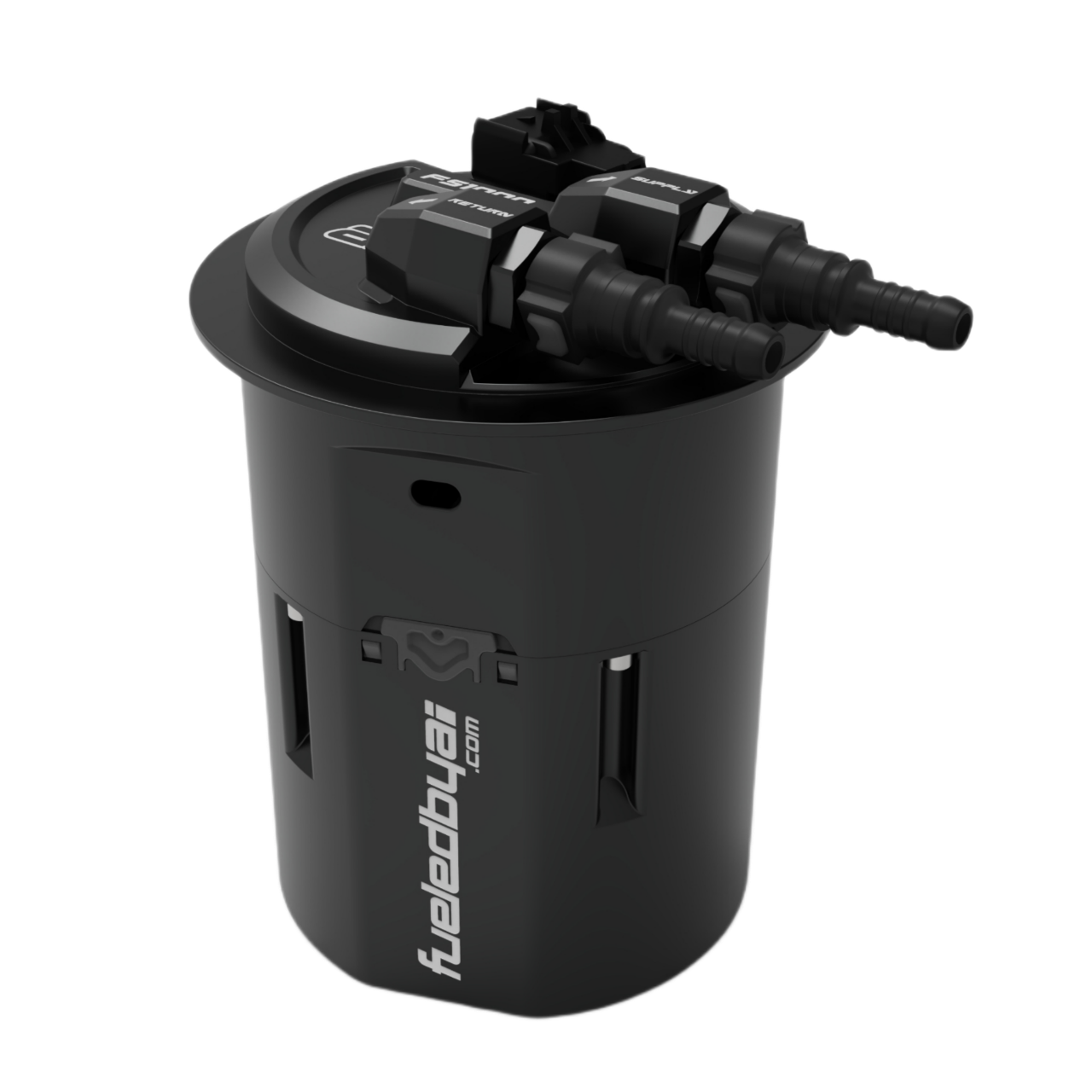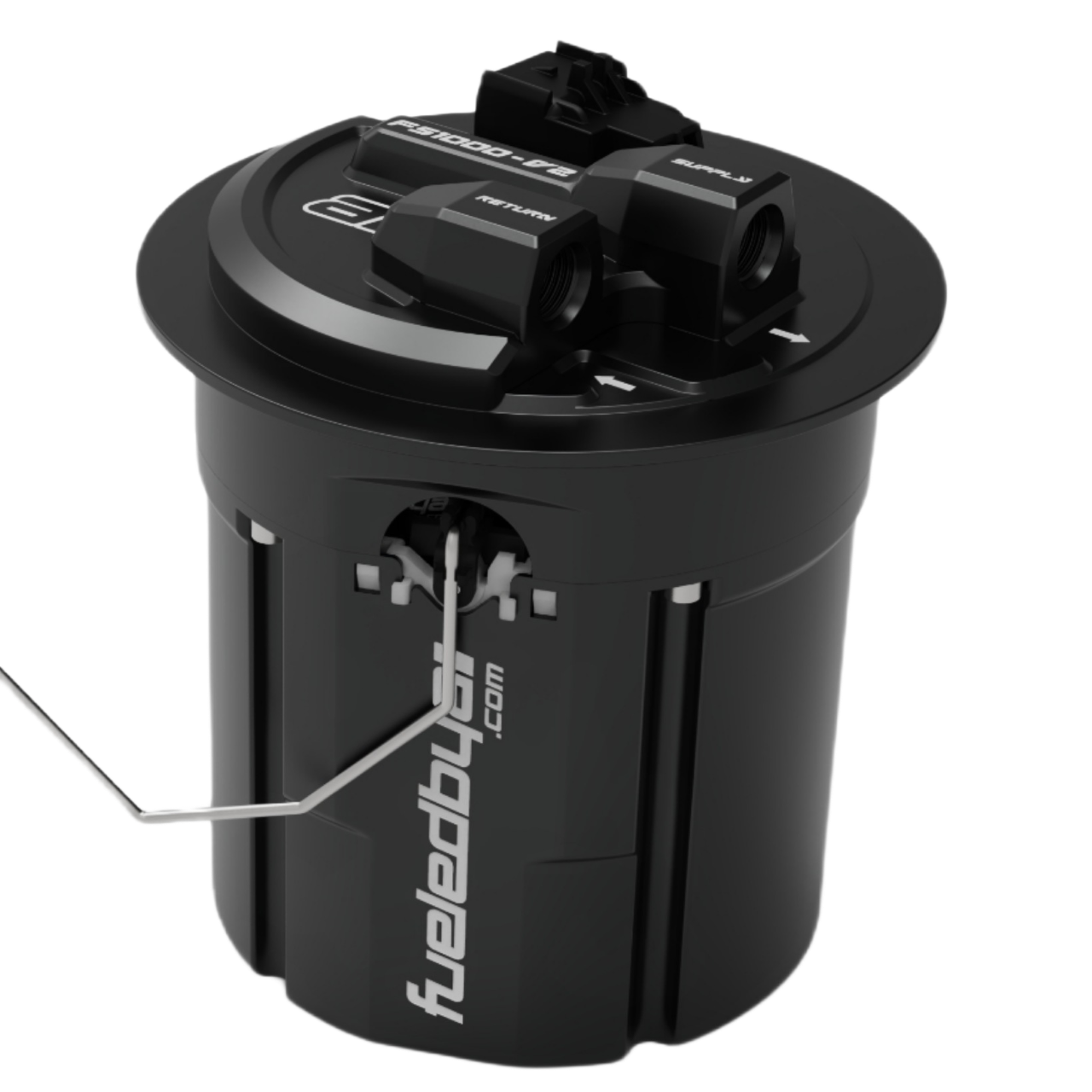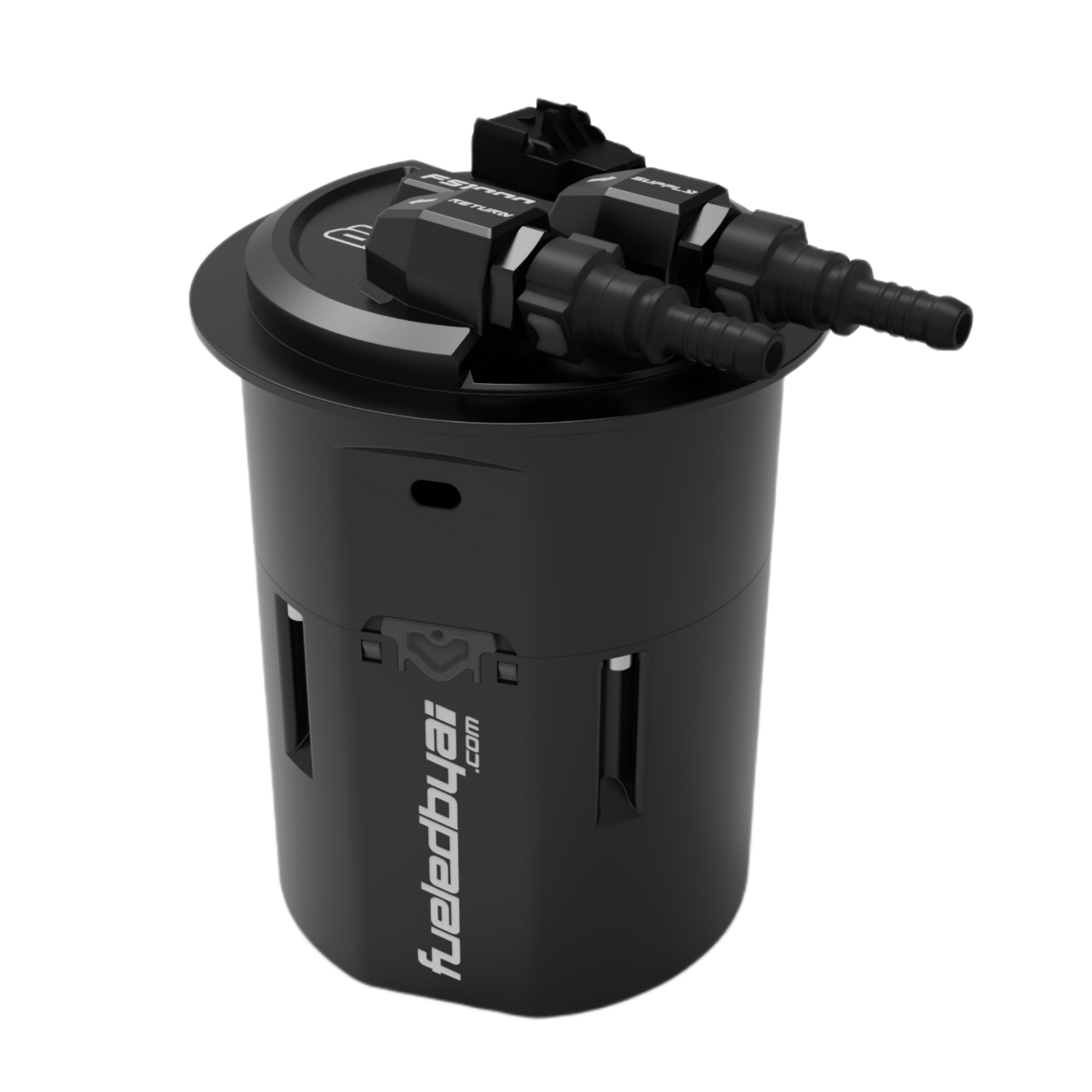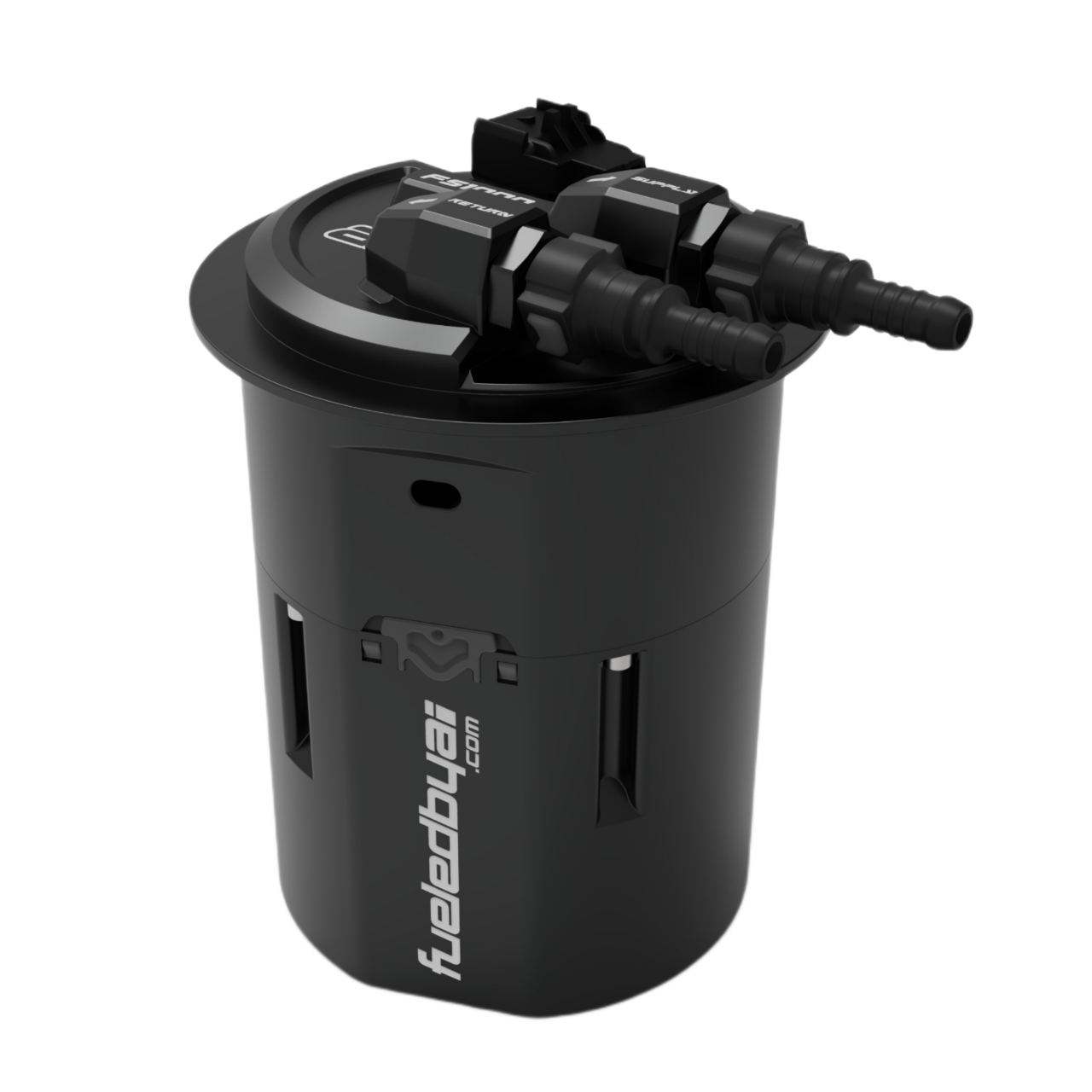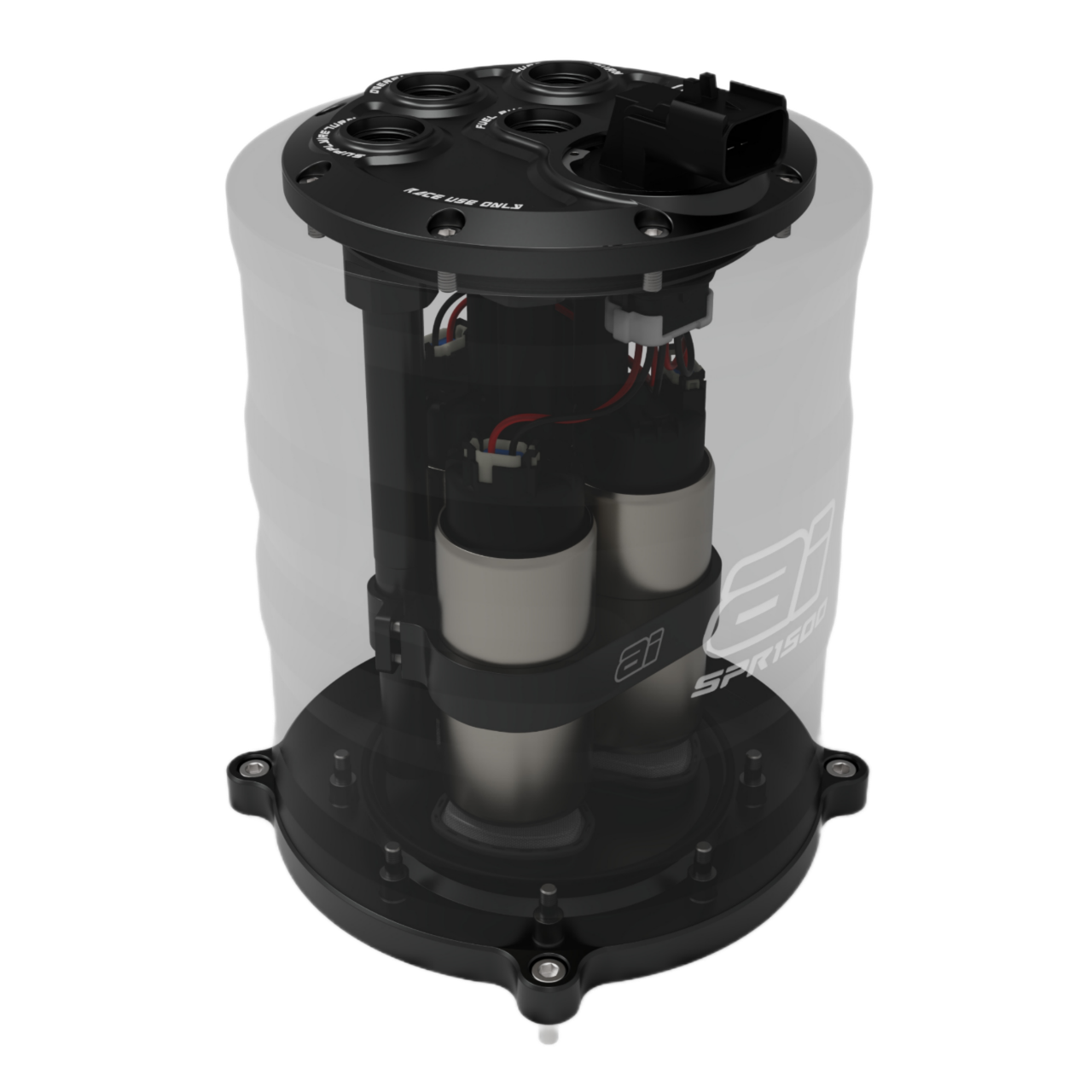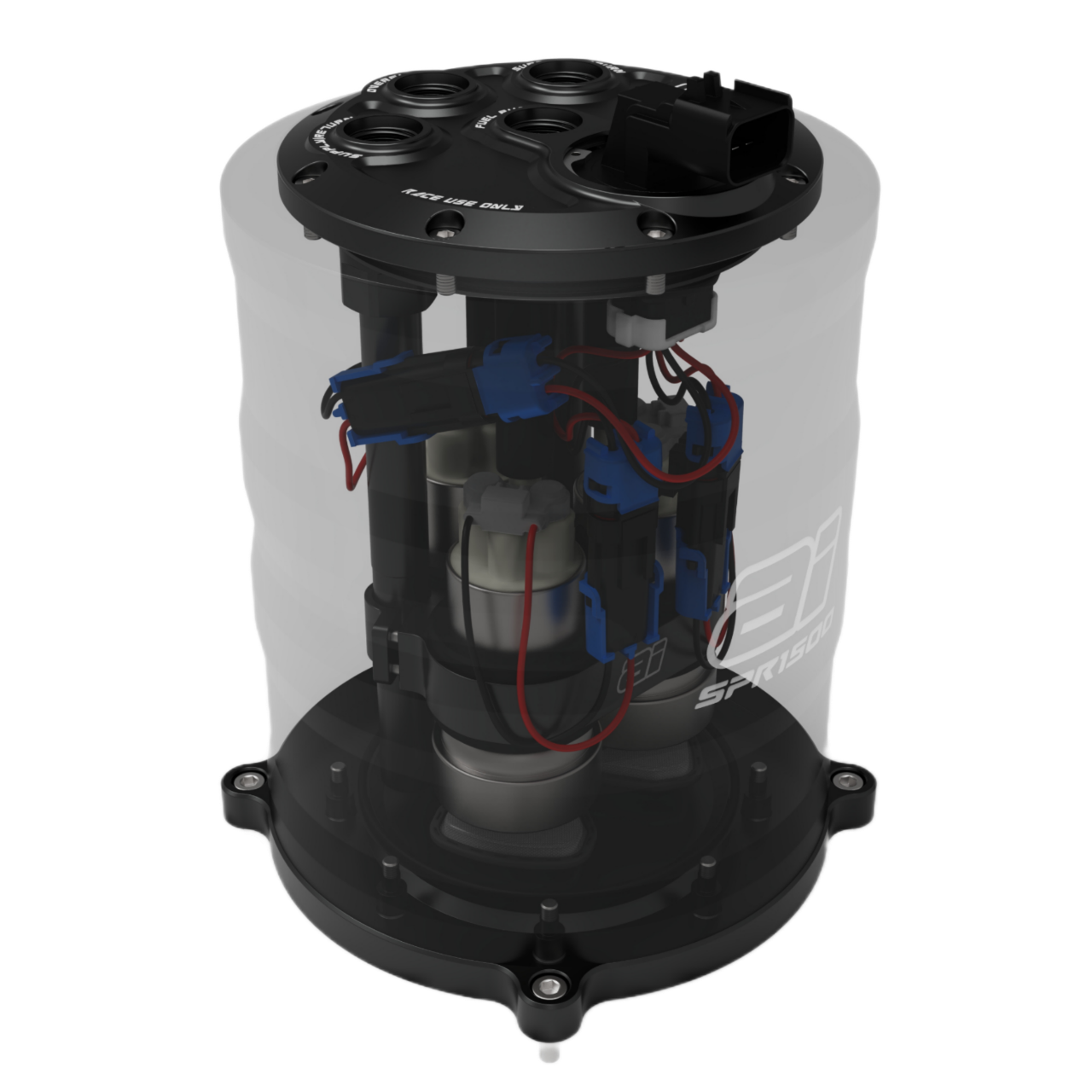The Bosch Motorsport 044 fuel pump has, over the years, proven to be the fuel pump of choice for many of the leading performance workshops and motorsports teams. The 044 has served with honour and distinction due primarily to a single fact: RELIABILITY. After almost a decade since I started Aftermarket Industries and thousands of successful fuel system projects later, I can certainly attest to this fact. So why then have I decided to write this article and potentially upset the traditionalist and Bosch loyalist? For two key reasons: Technology & Performance and Changing Customer Preferences.
While the Bosch 044 fuel pump offers superior reliability the design is based on old technology. The 044 uses roller vane technology first developed in the 1960’s. A roller vane pump is a positive-displacement pump which consists of a pump base, pump case and an internal copper and nickel plated pump rotor that features multiple sliding vanes chambers. Vane chamber are larger in volume on the inlet side of the pump and are filled with fuel forced in by low inlet pressure. The chambers decrease in volume and increase in pressure nearer the fuel pump outlet. This expansion/contraction process is what produces the pump action and forces fuel out of the pump. A roller vane pump has no internal metal-to-metal contact and designed to self-compensate for wear. This allows the pump to maintain performance without the need for lubricating liquids. The pump materials are also specifically chosen to ensure they are able withstand seizing due to high speed rotation, provide resistance to high temperatures and are protected again corrosion. This all sounds great right? Well yes and no. The design itself produces considerable noise, approximately 88 decibels in our tests, due to the off-set rotation operation of the motor. Positive displacement pumps are also more susceptible to heat, vibration due to pressure pulsation caused by uneven flow of fuel and even cavitation where fluid pressure falls below vapour pressure. Cavitation is the generation of vapour bubbles inside the liquid which, when transported to high pressure zones, implode causing shock waves. These shock waves produce physical damage to components and accelerated wear of the pump. So what are the alternatives?
In recent years we’ve seen the development of turbine style in-tank fuel pumps which are now commonly used as OEM options by the majority of car makers. A turbine pump consists of blades and an impeller ring attached to the motor. As the impeller spins, the impeller blades push fuel through the pump and unlike positive-displacement pumps, turbine pumps do not pulsate, are more efficient and are substantially quieter in operation. Turbine style pumps are in fact more durable than roller vane pumps and are less complex in design. A perfect example of this is the Walbro series of fuel pumps manufactured in the U.S by TI Automotive.
Walbro pumps feature twin turbine blades attached to a common shaft similar to the design of a jet engine. Fuel is pressurised as it flows through the pump axially without forcing the fluid to change direction. So what does this mean? Higher flow rates throughout the fuel pressure range. In fact, the Walbro F90000267, or as we refer to them ‘Walbro 450 or Walbro 460’, outflow a Bosch 044 by 30% to 50% at various fuel pressure intervals. You would require almost three Bosch 044s to match the fuel flow volume of two Walbro 450s / 460s. Back in the day, two Bosch 044s would be more than sufficient to support your 550hp, 11 second Subaru WRX running 30psi on unleaded fuel and you were more than happy to “put up” with the noise because there were no other alternatives.
Nowadays, we consistently work on projects that range from 500hp to those in excess of 1500hp across all forms of motorsport. In most instances, we’ve taken advantage of bio-fuels such as ethanol which demand up to 30% more fuel than a typical unleaded based project. One project in particular, three Walbro 460s were used to support the 1200hp target. To provide some perspective, we would have needed to use four Bosch 044s to achieve the same result.
Ok so I hear you asking yourself “what about other external pumps that also outflow the Bosch and even the Walbro?” and “why are you drawing comparisons between external vs fuel pumps designed for in-tank operation?” The simple answer is why would we continue use older technology which produces more noise, more heat, is less efficient and physically takes up more space in your trunk when there are better alternatives. Most business professionals will tell you that in order to create value or position your brand effectively you must consider the needs and wants of the customer. Unfortunately, the automotive industry is plagued by those that offer a solution that “does the job” rather than satisfy their customers’ needs. Essentially, the customer is forced to take on the solution and the consequent side effects.
We speak with customers every single day and they don’t want a so-called solution that “does the job” or simply looks good. They want a solution that offers superior performance without the associated symptoms. They want a surge tank that is relatively compact, silent, compatible with all type of fuels, is capable of supporting their current and future fuel consumption requirements, offers protection against fuel surge and is specific to their needs rather than a one-size-fits-all product. We’ve not only listened to customers but invested heavily into R&D to ensure our products satisfy these requirements and the reason why we’ve shifted our design focus to surge tanks with built-in fuel pumps.
Given a choice between a surge tank with noisy twin external pumps that’s takes up 40cmx25cmx30cm of space vs a surge tank with silent triple internal pumps that takes up 20cmx20cm of space you would think the choice was easy right? Well that isn’t the case. Let’s be honest, building a project car is a pastime that we all enjoy and the money spent is often hidden from our better halves. A surge tank which features internal pumps is more complex and more expensive to manufacture. The reality is that 95% of those in the performance scene are price sensitive and so they want to drive their dollar further. The issue is compounded even further when there are many comparable products in the same category. This causes a great deal of confusion and final product selection is then generally made as a result of influence by friends, what someone has posted online or the advice of a workshop/tuner.
Ultimately the final decision should be made by you based on your specific requirements, so ask yourself what factors do you consider important when you decide to upgrade your fuel system (noise, performance, space, build quality, cooling).
Story by Julian Austin, Founder



